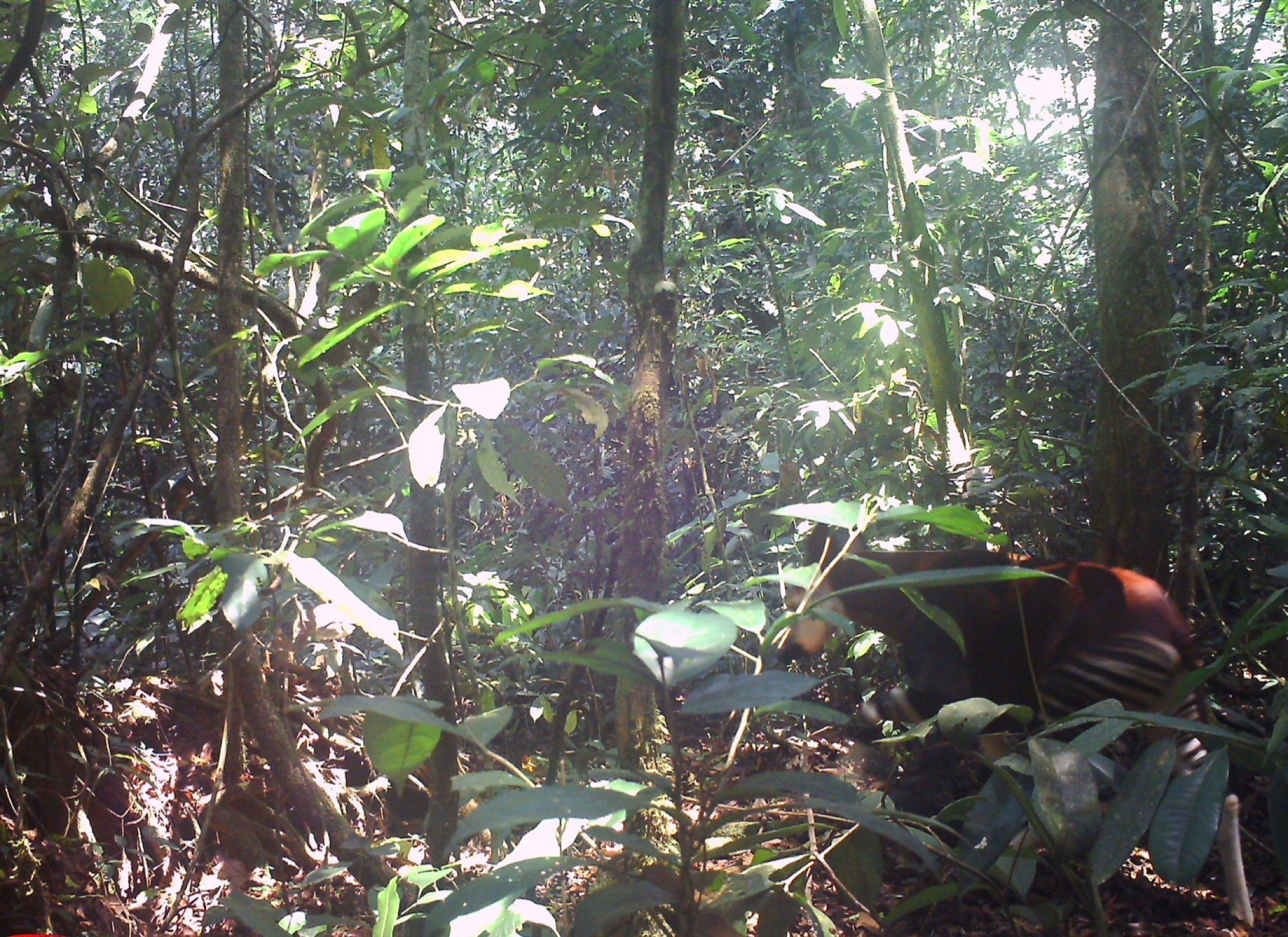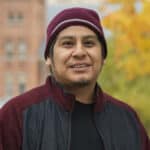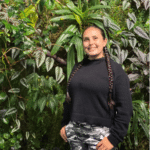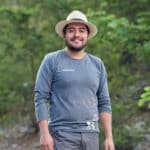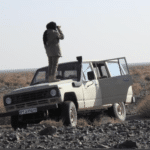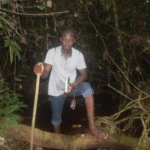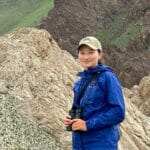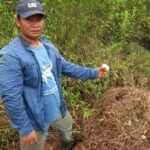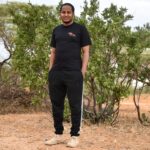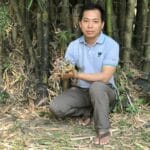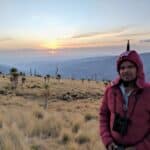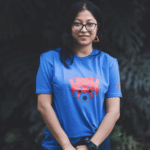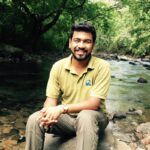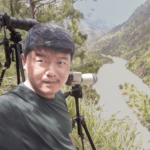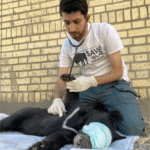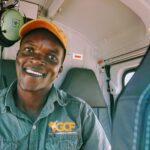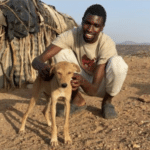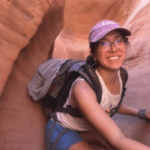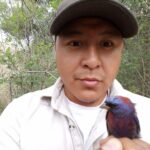WCN's Past Scholars
The WCN Scholarship program was created to discover and nurture emerging young conservationists so they can one day take up the fight for wildlife. Please learn more about the students who have received scholarships and are now protecting wildlife throughout Africa, Asia, Eastern Europe, and Latin America.
Meet our 2023 Scholars

Chiging Pilia
Chinese pangolin, tigerChiging Pilia
Chiging will be using his scholarship to pursue a PhD in Biodiversity Management at the Durrell Institute of Conservation and Ecology. As a scholar of Indigenous origin from the mountainous state of Arunachal Pradesh in Northeast India, Chiging is personally interested in understanding how and whether Indigenous land will contribute towards wildlife conservation and the socio-cultural wellbeing of Indigenous communities. His goal is to understand what set of socio-cultural and economic conditions will allow for the continued coexistence of globally endangered and culturally important species such as the Chinese pangolin and tiger with the region’s Indigenous people. To do this, he will investigate how the changing socio-cultural and economic terrain in Arunachal is impacting Indigenous peoples’ traditional subsistence hunting, which involves taboos and ritual restrictions, and its impacts on maintaining viable populations of the Chinese pangolin and tiger. Nominated by Dr. Daniel Ingram of the University of Kent / IUCN Pangolin Specialist Group.
Awarded a WCN Conservation Scholarship.
Location: India
University: Durrell Institute of Conservation and Ecology
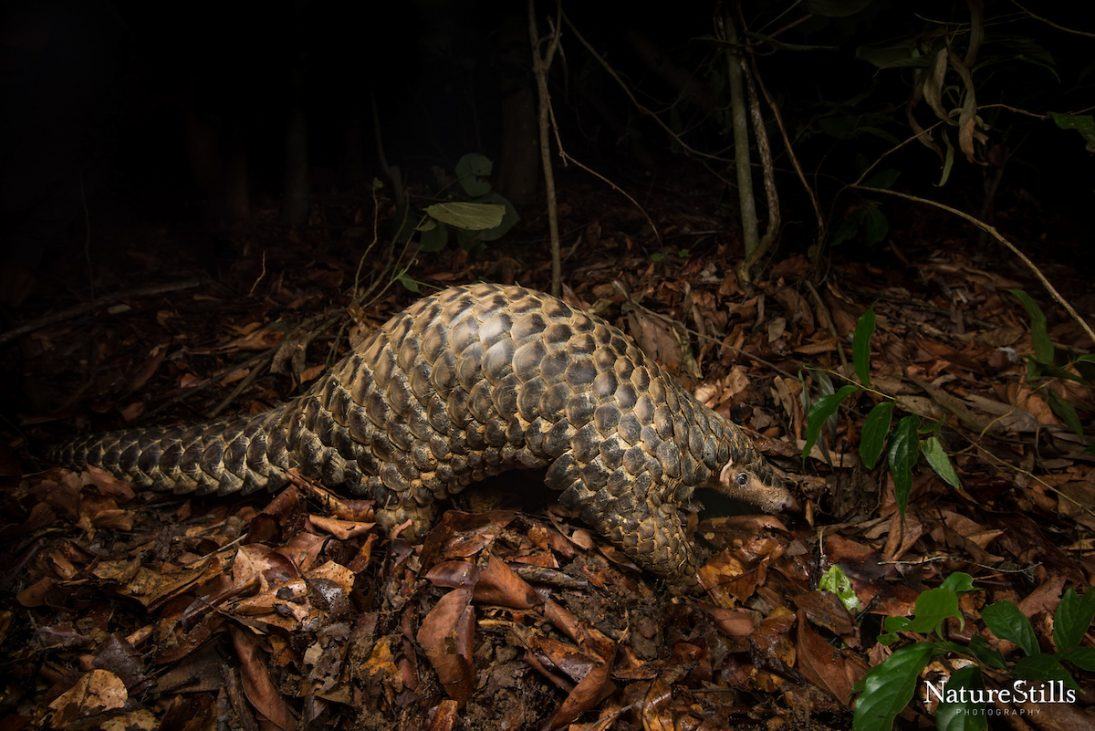
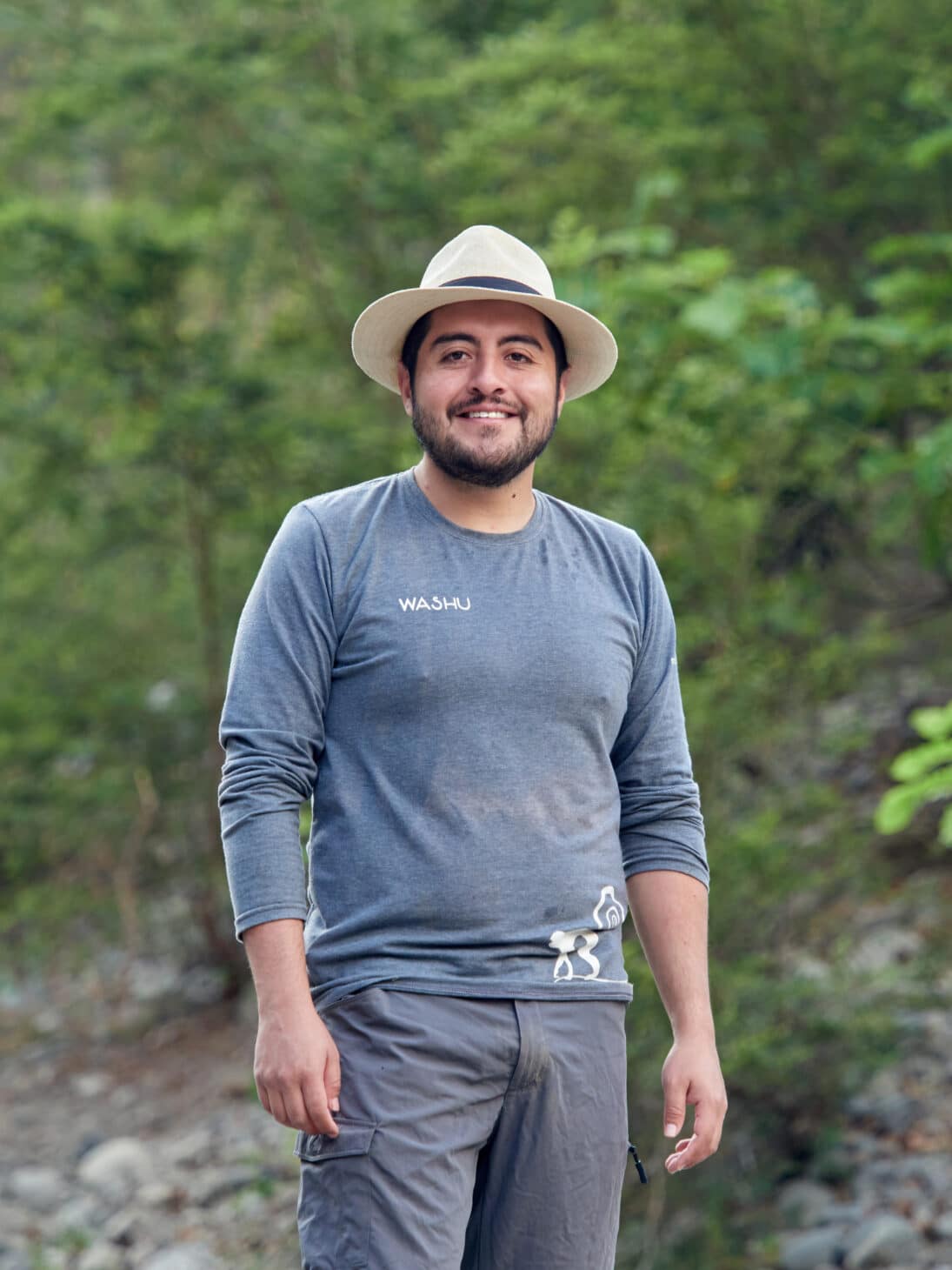
Esteban Rivera
Brown-headed spider monkeyEsteban Rivera
Esteban is using his scholarship to complete his master’s degree at the Universidad de los Andes. Esteban’s thesis focuses on the regional phylogeography and conservation of the critically endangered brown-headed spider monkey. His goal is to generate a population genetic map between Colombia, Ecuador, and Panama to address the limits and scope of the distribution of the two subspecies of this spider monkey. The results will serve as a key tool to manage in-situ and ex-situ populations and will help to identify key wild populations and identify threats that influence local extinction, such as inbreeding and genetic drift. Esteban’s thesis will also be important to decision-making for ex-situ populations in zoos and captive centers in order to plan reintroduction programs and to help local authorities to control areas of individual extractions and illegal trade in western Colombia and Ecuador. Following the completion of his master’s degree, Esteban plans to continue working with Proyecto Washu to lead primate research projects and community-based conservation initiatives. Nominated by Felipe Alfonso of Proyecto Washu.
Awarded a WCN Conservation Scholarship.
Location: Colombia
University: Universidad de los Andes
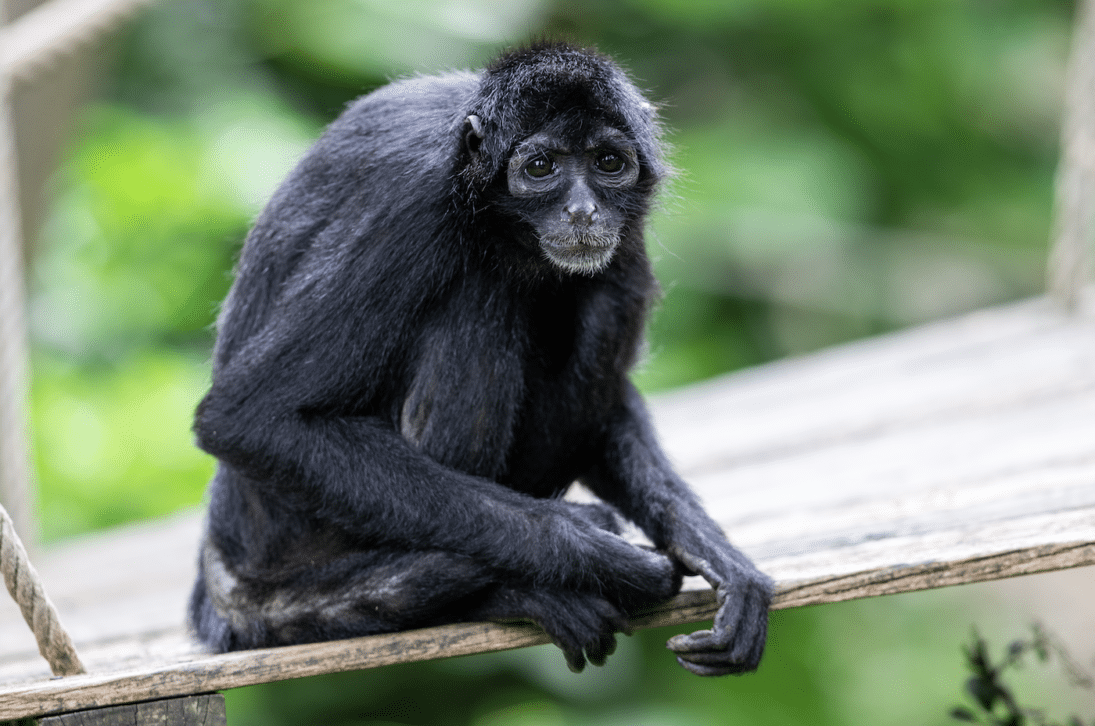
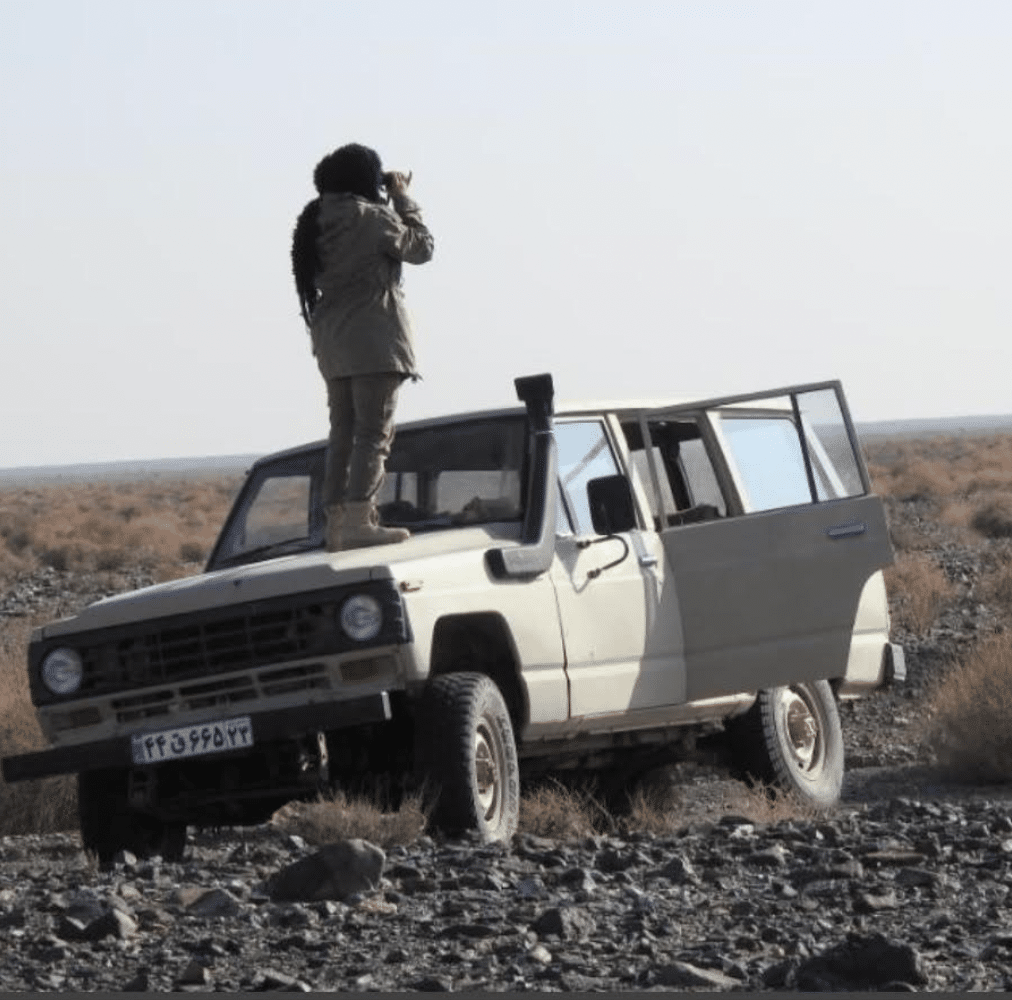
Reyhane M.
Asian houbara bustard and great bustardReyhane M.
Reyhane is using her scholarship to complete her PhD at Isfahan University of Technology, focusing on community-based conservation of Asian houbara bustard and great bustard in Iran. Both species, and especially, the Asian houbara bustard, are threatened by human activities, most notably illegal hunting using native traps. Reyhane aims to collaborate with local communities, especially farmers and women, to improve conservation outcomes for these species. With farmers, she aims to work with them to leave aside some of their farm lands as “green belts”, as the timing of the harvest corresponds with the breeding season for these bustards, and thus can lead to breeding failure. She also aims to get women more involved in conservation, as they are an underrepresented group in Iran with the potential to contribute significantly to protecting these species. Reyhane is planning to pilot a livelihood project centered around the traditional weaving of Persian silk carpets with the designs of endangered species like the bustards. In Iran, carpet weaving is only done by women, and this will be a way to tie conservation to income generation. Nominated by Dr. Morteza Naderi of Koç University.
Awarded a WCN Conservation Scholarship.
Location: Iran
University: Isfahan University of Technology
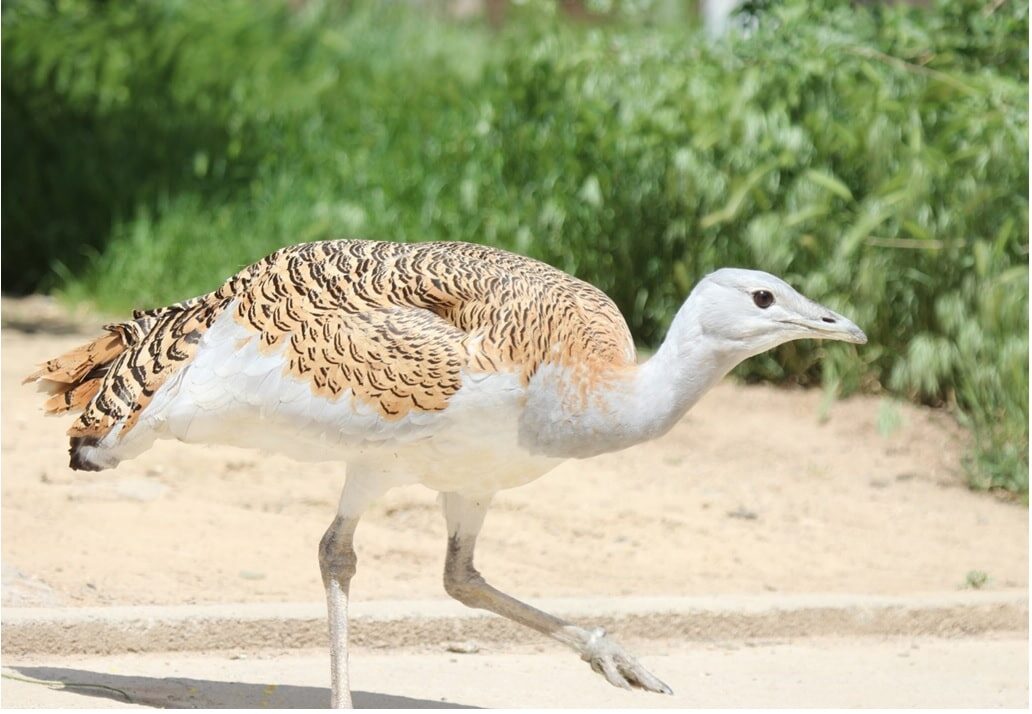
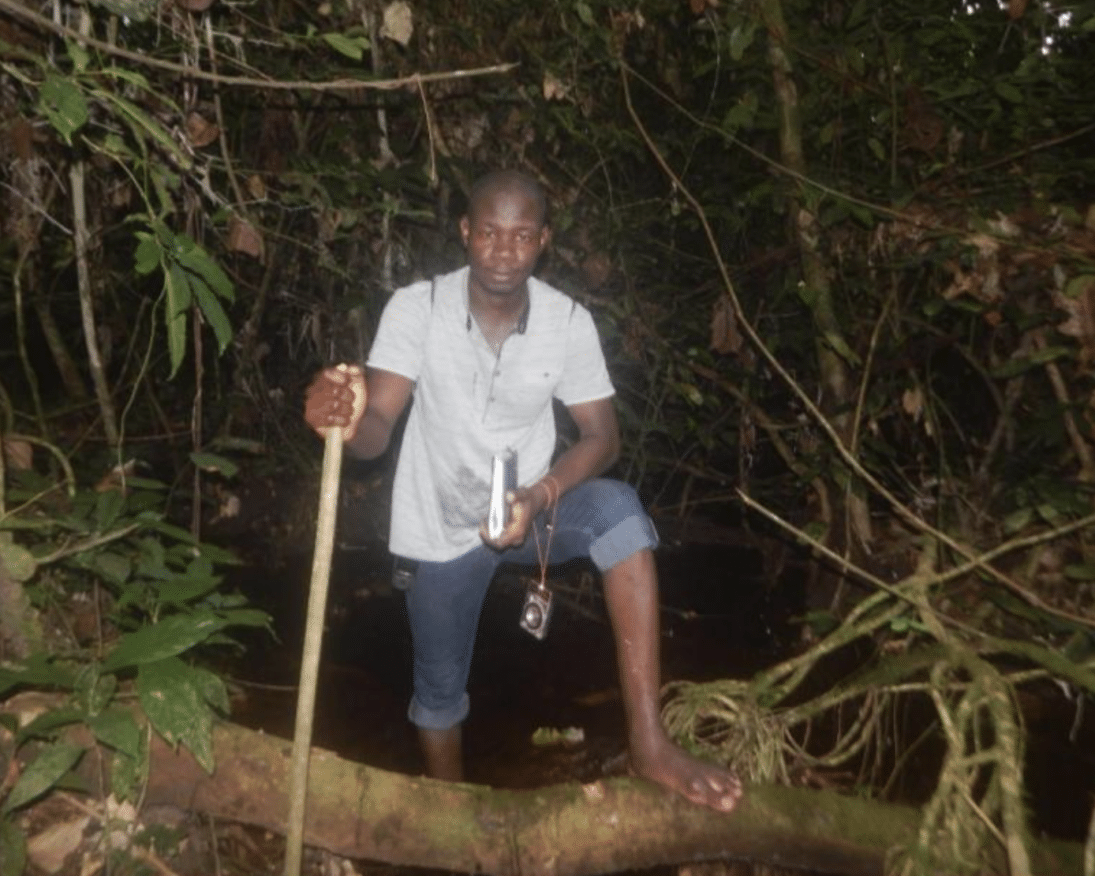
Yves Roland Londza Baucoly
Western lowland gorillasYves Roland Londza Baucoly
Yves will be using his scholarship to pursue a master’s degree at the Universite de Montpellier, focusing on community engagement and governance of natural resources. His research will center on the impacts of an inclusive and shared governance model in Djeke Triangle in Nouabalé-Ndoki National Park on the conservation of western lowland gorillas and on local communities’ livelihoods. He specifically aims to: (i) analyze interactions between local communities and the protected area, (ii) analyze the impact of inclusion and participation of local communities in the conservation of the Djeke triangle’s gorillas, (iii) analyze the impact of the protected area on local communities’ livelihoods, and (iv) finally, propose a participatory approach that reconciles gorilla conservation and improvement of local communities’ livelihoods. His goal is to propose community participation approaches that integrate conservation objectives as well as the consideration of the basic needs of local communities, to improve projects ownership by local communities. Nominated by Richard Malonga, Country Director for WCS Congo.
Awarded a WCN Conservation Scholarship.
Location: Congo
University: Universite de Montpellier
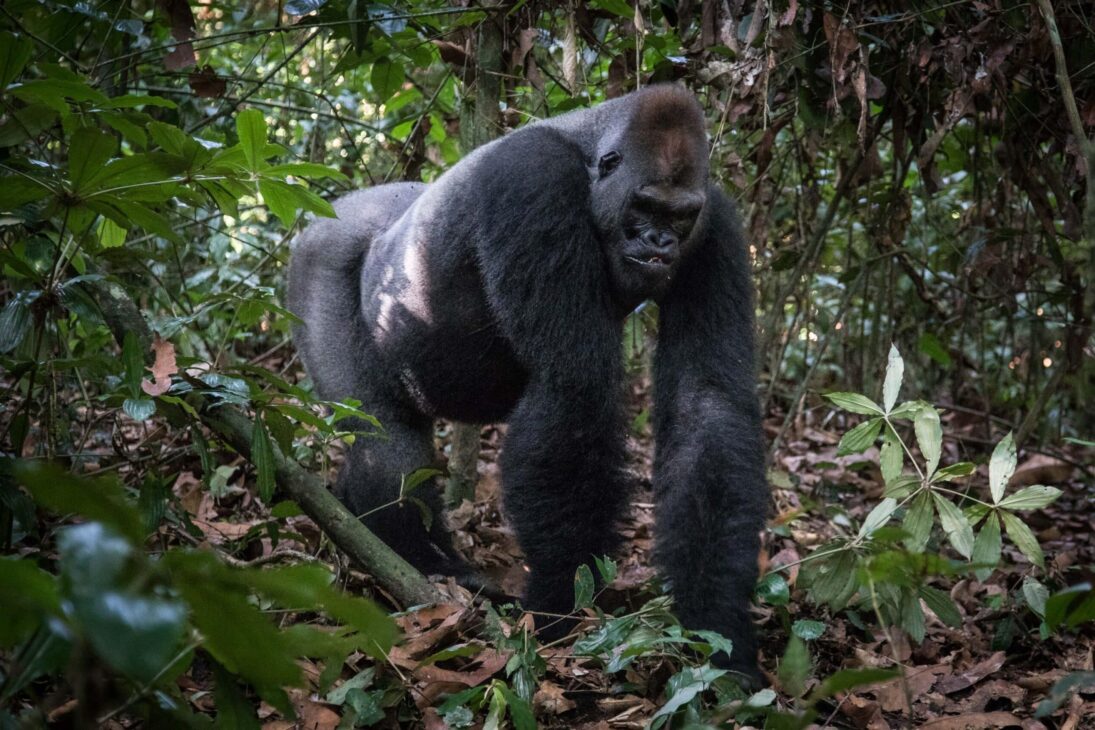
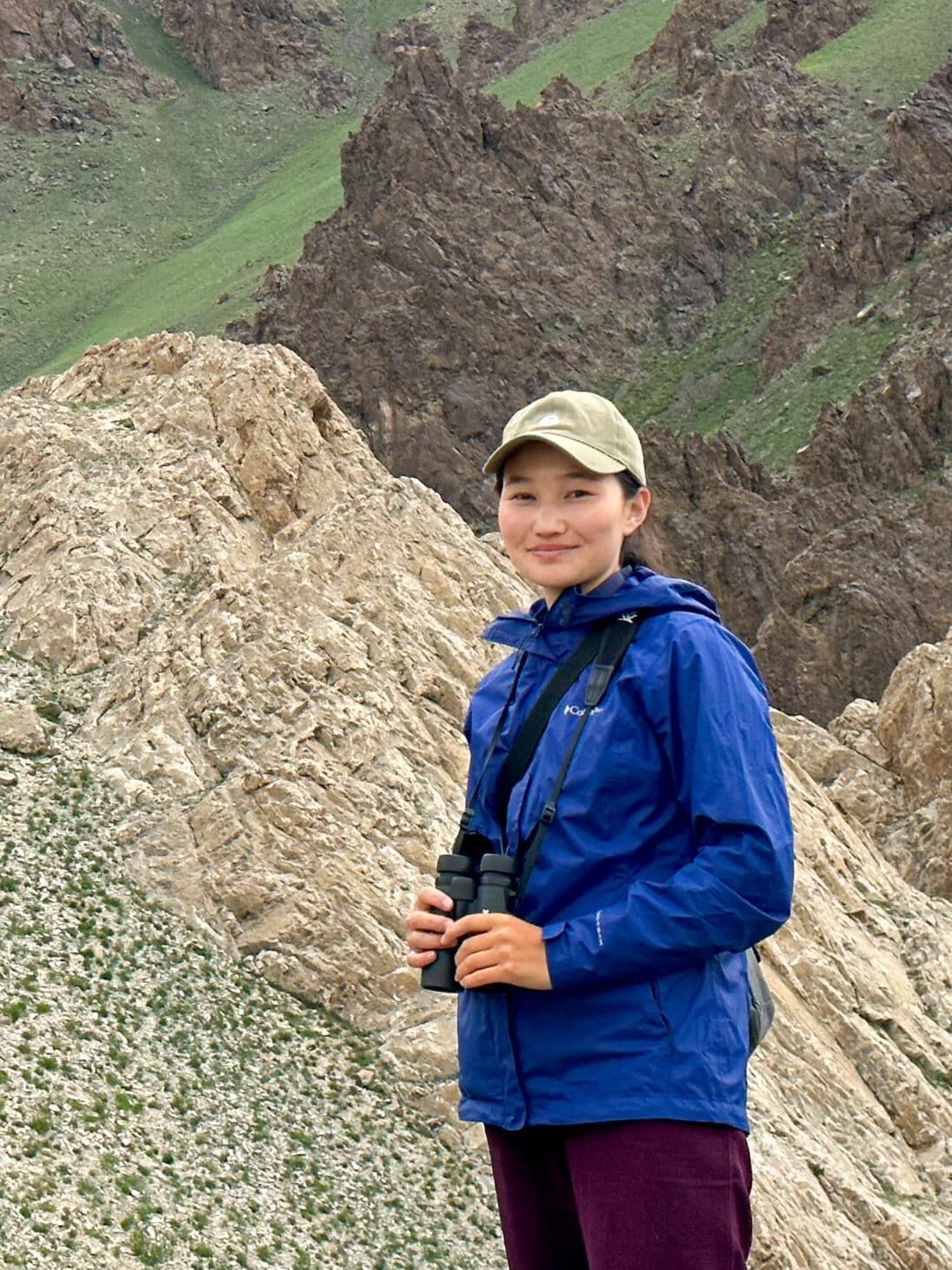
Bayarmaa Chuluunbat
SaigaBayarmaa Chuluunbat
Bayarmaa is using her scholarship to pursue a master’s degree at the National University of Mongolia, focused on the diet of the Mongolian saiga to determine if they are selectively eating certain plant species best suited for nutrition or if they are only consuming what is available. This research will build off of what she started exploring during her undergraduate thesis and is important for saiga conservation in Mongolia as saiga share their habitat with millions of livestock. Her hope is that this work will help to mitigate one of the major threats to Mongolian saiga from livestock pressure by finding needed information to adjust for better pasture management for saiga conservation. Ultimately, she hopes this research will help in the reintroduction of Mongolian saiga to their historic range, combined with better livestock management practices and working with herders to improve their livelihoods with less impact to the environment. Nominated by Dr. Gantulga Bayandonoi of WWF Mongolia.
Awarded a WCN Conservation Scholarship.
Location: Mongolia
University: National University of Mongolia
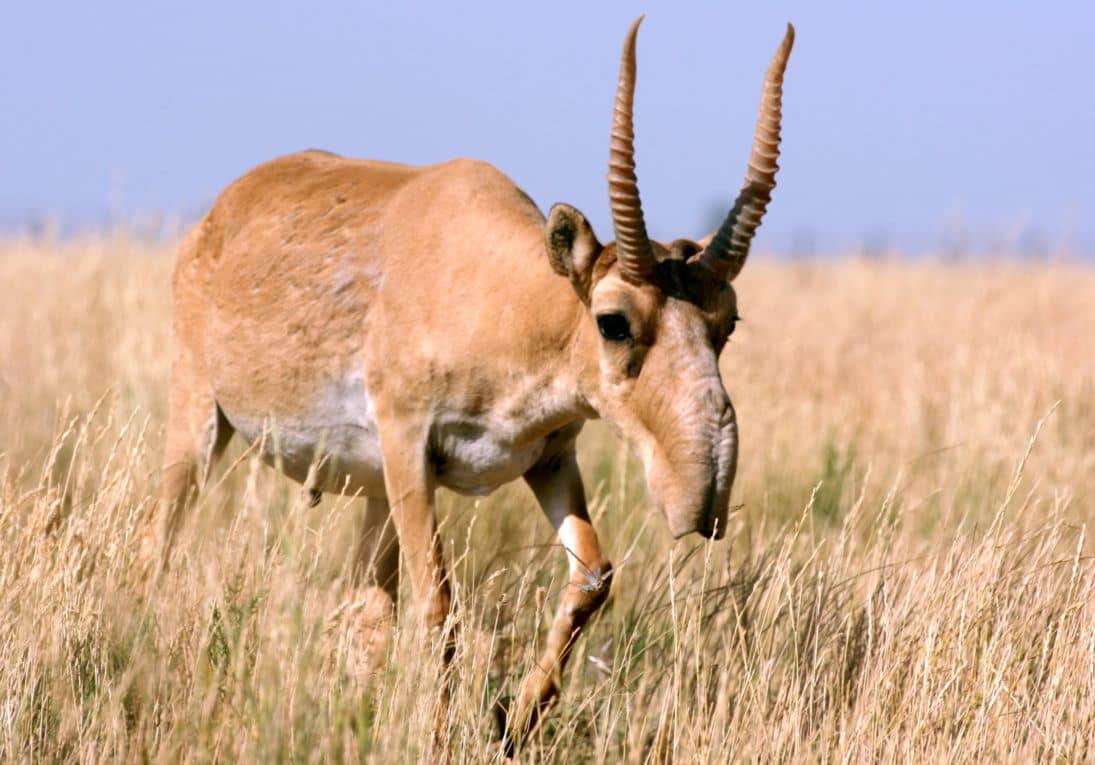
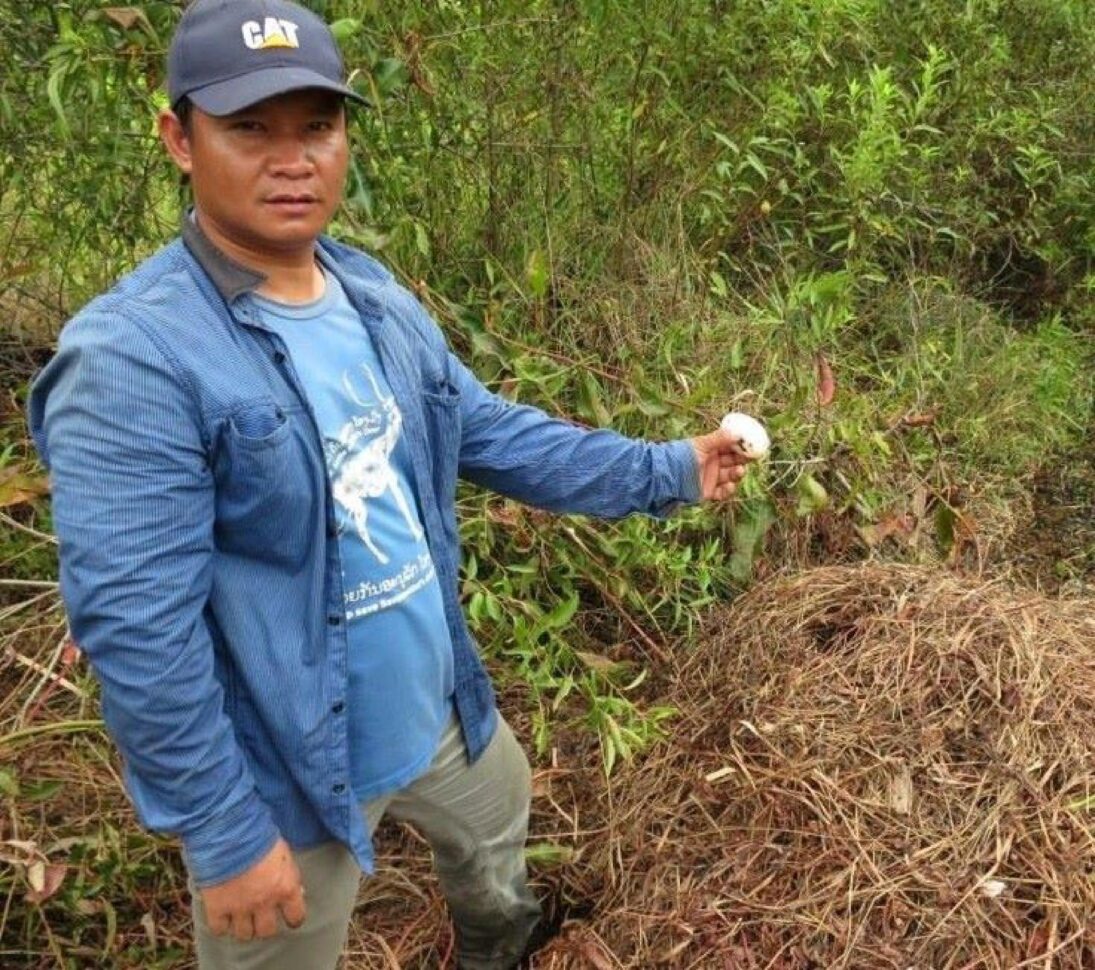
Oudomxay Thongsavath
Siamese crocodileOudomxay Thongsavath
Oudomxay will use his scholarship to pursue a master’s degree at Cornell University, focusing on how community governance around protection of wetland areas and water resource management can contribute to the protection of important nesting habitat for the critically endangered Siamese crocodile. In his home province, many oxbow lakes are seen as sacred homes of spirits and guarded by crocodiles, and local belief and taboo have kept these habitats safe for generations. However, rice production has recently been expanding into these habitats as outsiders break local tradition and law to clear land. Having worked with these local communities for the last 12 years, Oudomxay knows that many local people still strongly believe in the sacred tradition of protecting oxbow lakes, but are not organized to stop unmanageable land grabbing. He wants to focus on how local beliefs can improve community governance and when combined with better coordination with government. Nominated by Dr. Santi Saypanya of WCS Lao PDR.
Awarded a WCN Conservation Scholarship.
Location: Loas
University: Cornell University
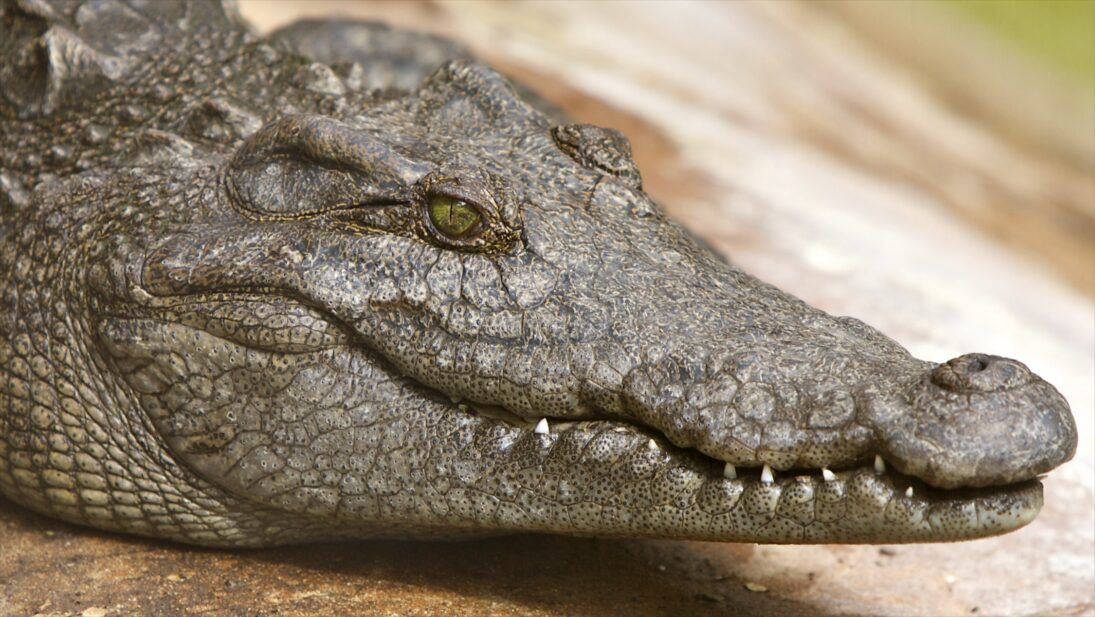
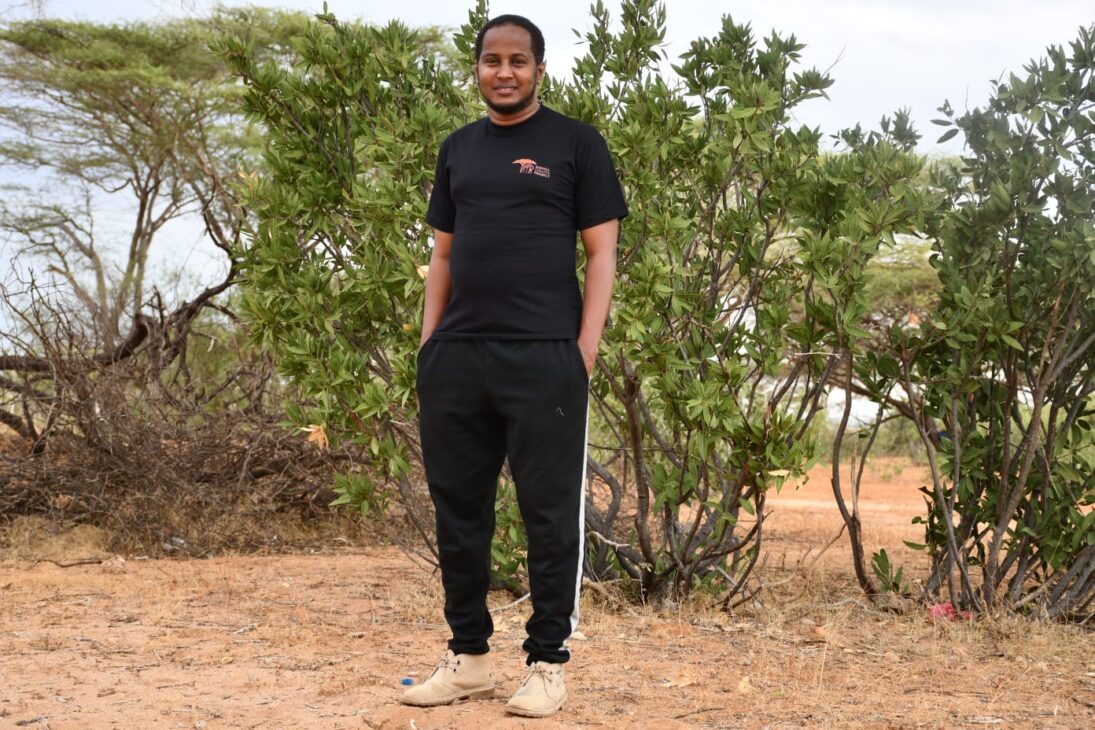
Mohamad Ali
Somali giraffeMohamad Ali
Mohamed will use his scholarship to pursue a master’s degree at the University of Nairobi, focusing on mitigating drought-induced human-giraffe conflict in eastern Kenya. Mohamed grew up involved in nomadic pastoralism with non-literate parents and witnessed firsthand the conflict that could arise from the need for both cattle and wildlife to access a scarce resource like water. He has been working with the Hirola Conservation Program (HCP) since 2014 and got involved with giraffe conservation when HCP launched their Somali Giraffe Project in 2019. He now works to develop management solutions that promote human-giraffe co-existence for their long-term persistence. There are currently limited studies on human-giraffe conflict because a) giraffe are not often listed as problem animals and b) the Somali border within the giraffe range is particularly volatile. Mohamed hopes to conduct one of the first rigorous human-giraffe research studies in eastern Kenya in order to guide conservation and recovery of giraffes. Nominated by Dr. Abdullahi Hussein Ali of the Hirola Conservation Program.
Awarded a WCN Conservation Scholarship.
Location: Kenya
University: University of Nairobi
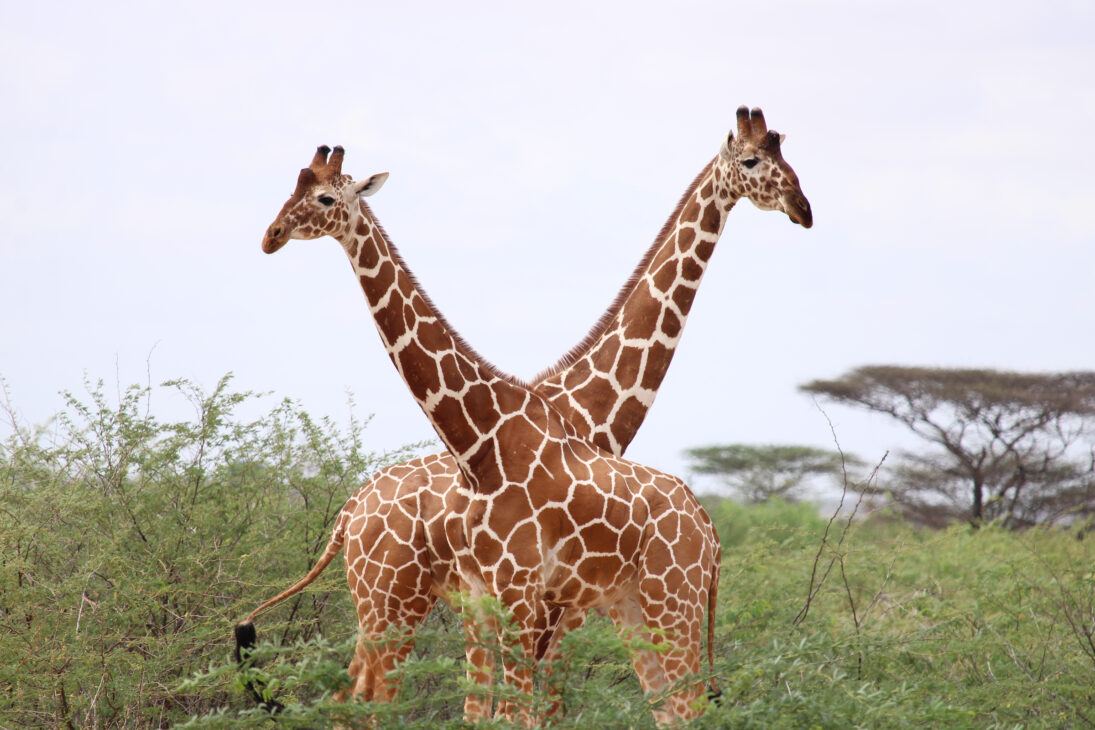
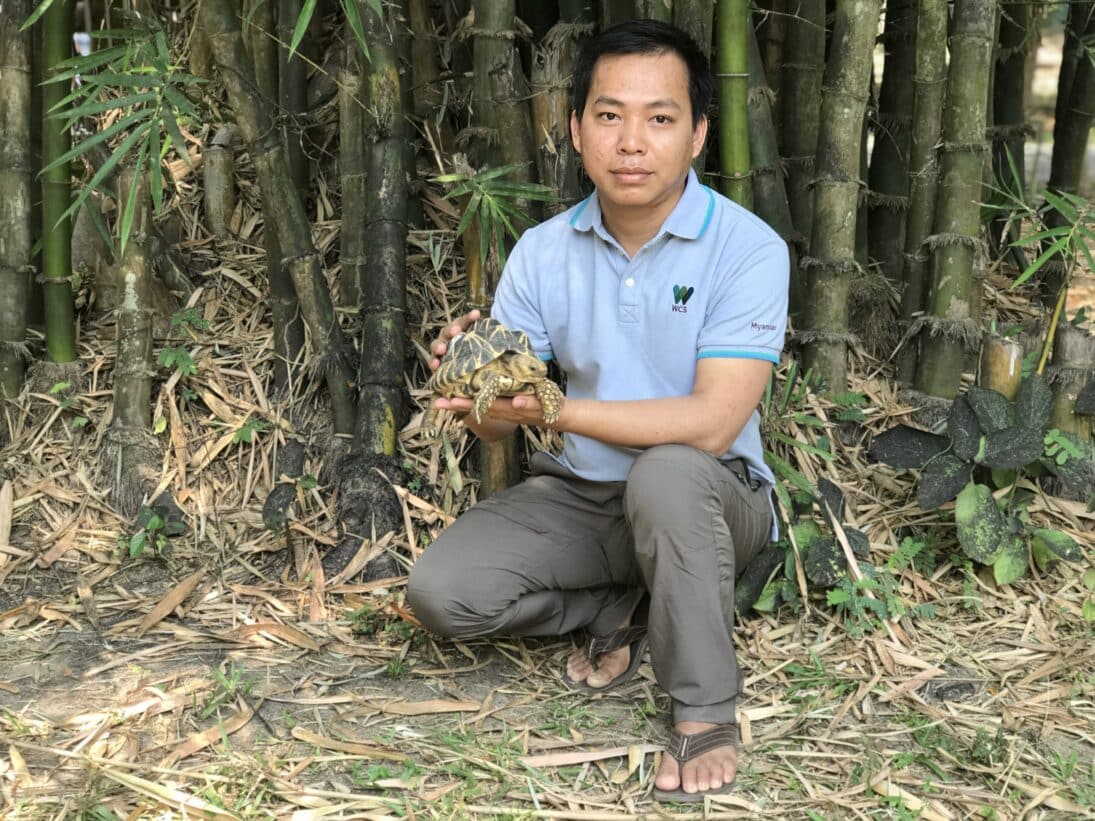
Swann Htet Naing Aung
Burmese star tortoiseSwann Htet Naing Aung
Swann is planning to use his scholarship to pursue a master’s degree at King Mongkut’s University of Technology Thonburi. His focus will be on studying the home range and movement patterns of the critically endangered Burmese star tortoise in Shwe Settaw Wildlife Sanctuary, Myanmar. This species is endemic to the Dry Zone of central Myanmar and was driven to functional extinction by a combination of long-term subsistence harvesting and rampant over-collection for the high-end pet trade. A reintroduction effort for the Burmese star tortoise has started in two sanctuaries through in-country captive-breeding programs. With his research, Swann will determine the home range and ranging behaviors of translocated tortoises in Shwe Settaw Wildlife Sanctuary, which will ultimately contribute to the conservation planning of this species. He also aims to develop a community co-management approach that codifies the rights and responsibilities of local stakeholders in the Shwe Settaw Wildlife Sanctuary, with the potential for creating village-based ecotourism opportunities. Nominated by Dr. Steven Platt of WCS.
Awarded a WCN Conservation Scholarship.
Location: Myanmar
University: King Mongkut’s University of Technology Thonburi
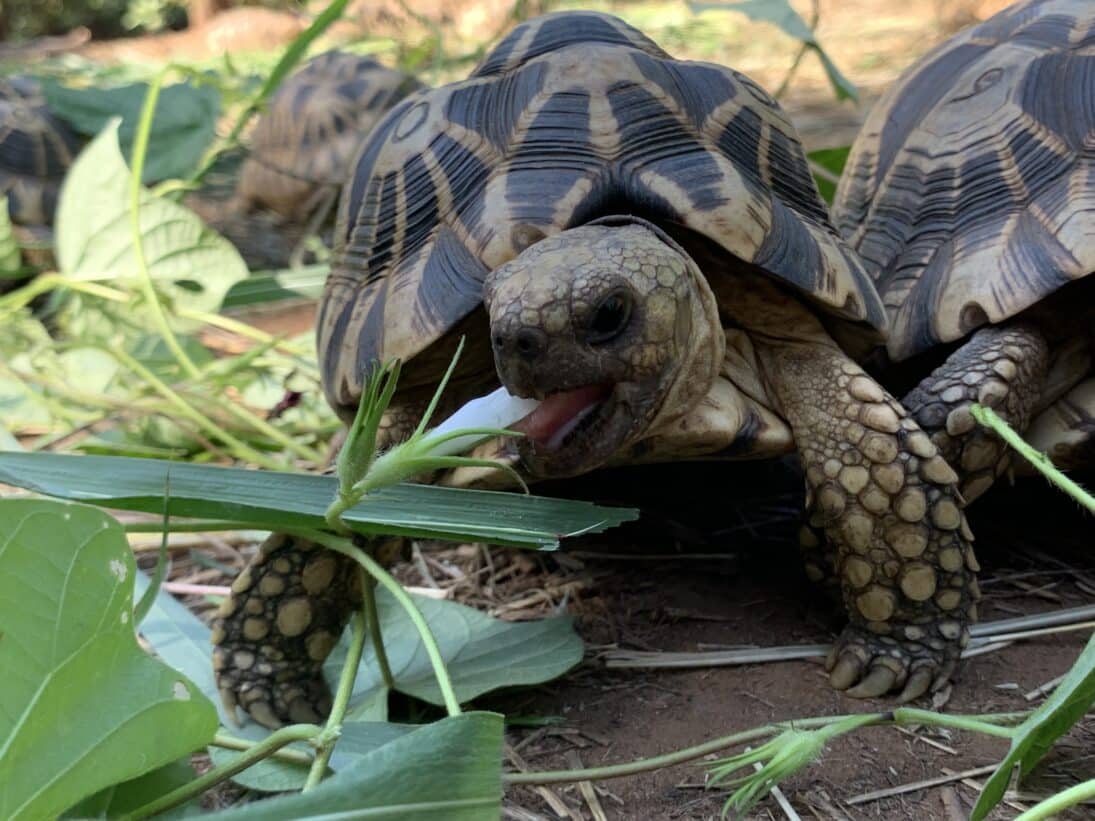
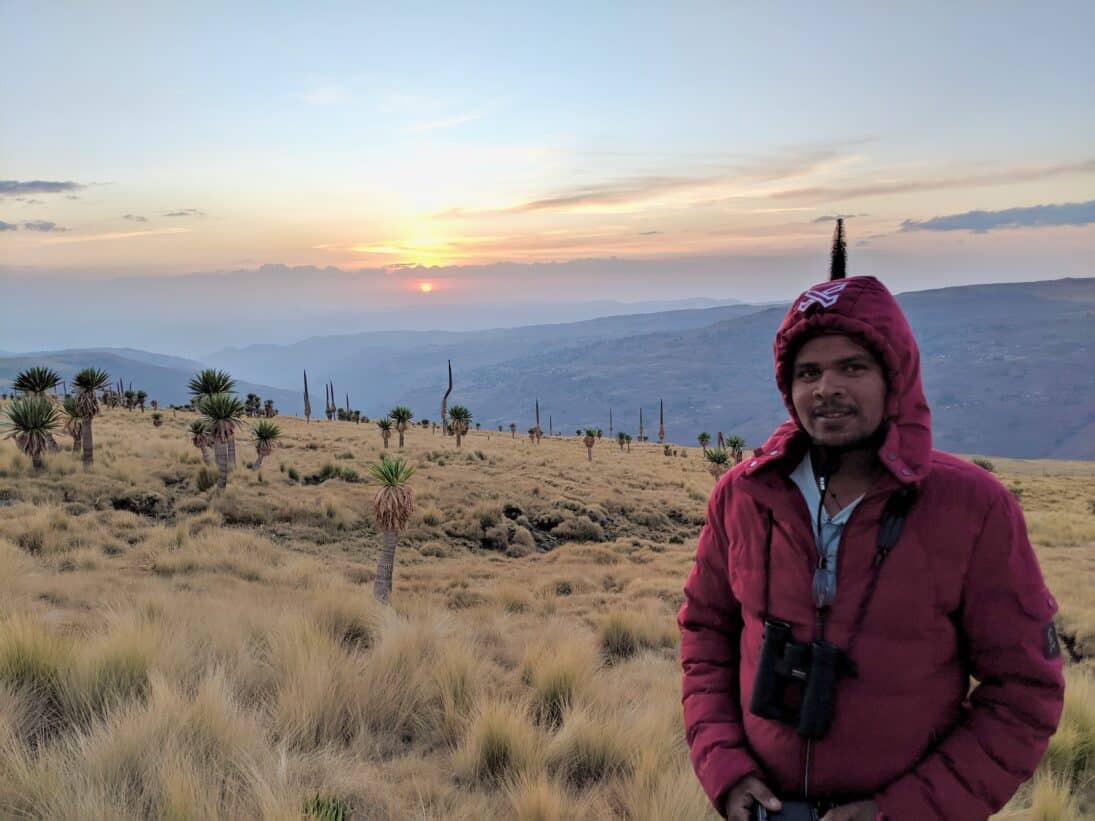
Mengistu Birhan Muluye
Ethiopian wolvesMengistu Birhan Muluye
Mengistu is using his scholarship to complete a post-graduate diploma in International Wildlife Conservation Practice at the University of Oxford’s Wildlife Conservation Research Unit (WildCRU). His research is focused on the niche partitioning and interactions between Ethiopian wolves (Canis simensis) and African wolves (Canis lupaster) in the Ethiopian highlands. Mengistu has been working for the Ethiopian Wolf Conservation Programme (EWCP) since 2017, most recently as the Monitoring and Research Leader, collating and checking all wildlife monitoring data collected by EWCP teams across Ethiopia, supporting researchers and students with their projects, and conducting research within the context of EWCP’s research portfolio. He is committed to staying with EWCP for the long-term and using the knowledge and skills gained from this diploma to solve threats impacting wolves in Ethiopia. Nominated by Prof. Claudio Sillero of EWCP.
Awarded a WCN Conservation Scholarship.
Location: Ethiopian
University: University of Oxford’s Wildlife Conservation Research Unit
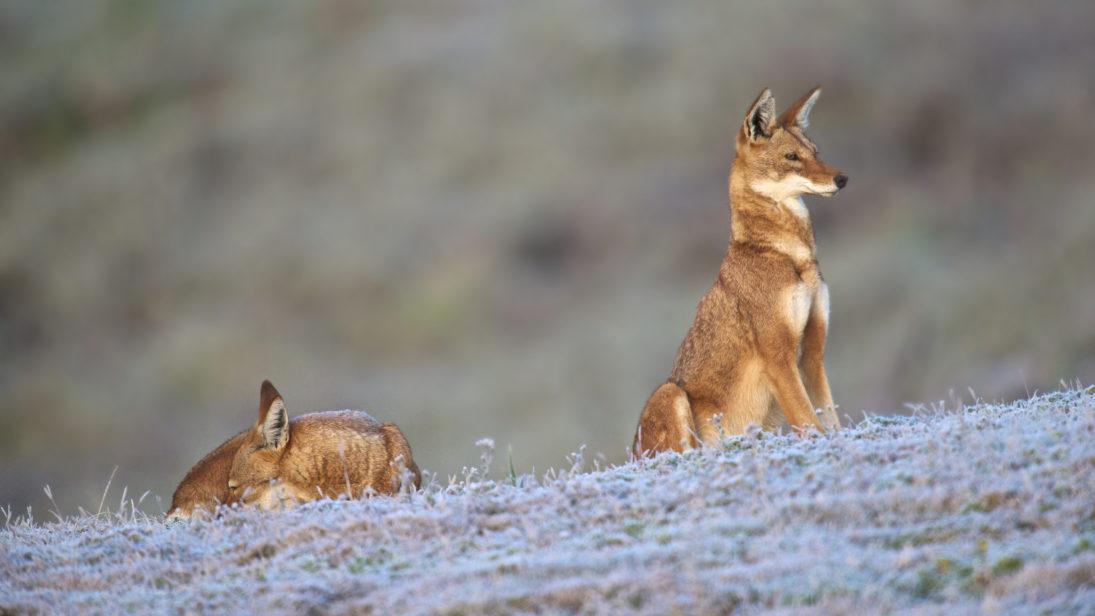
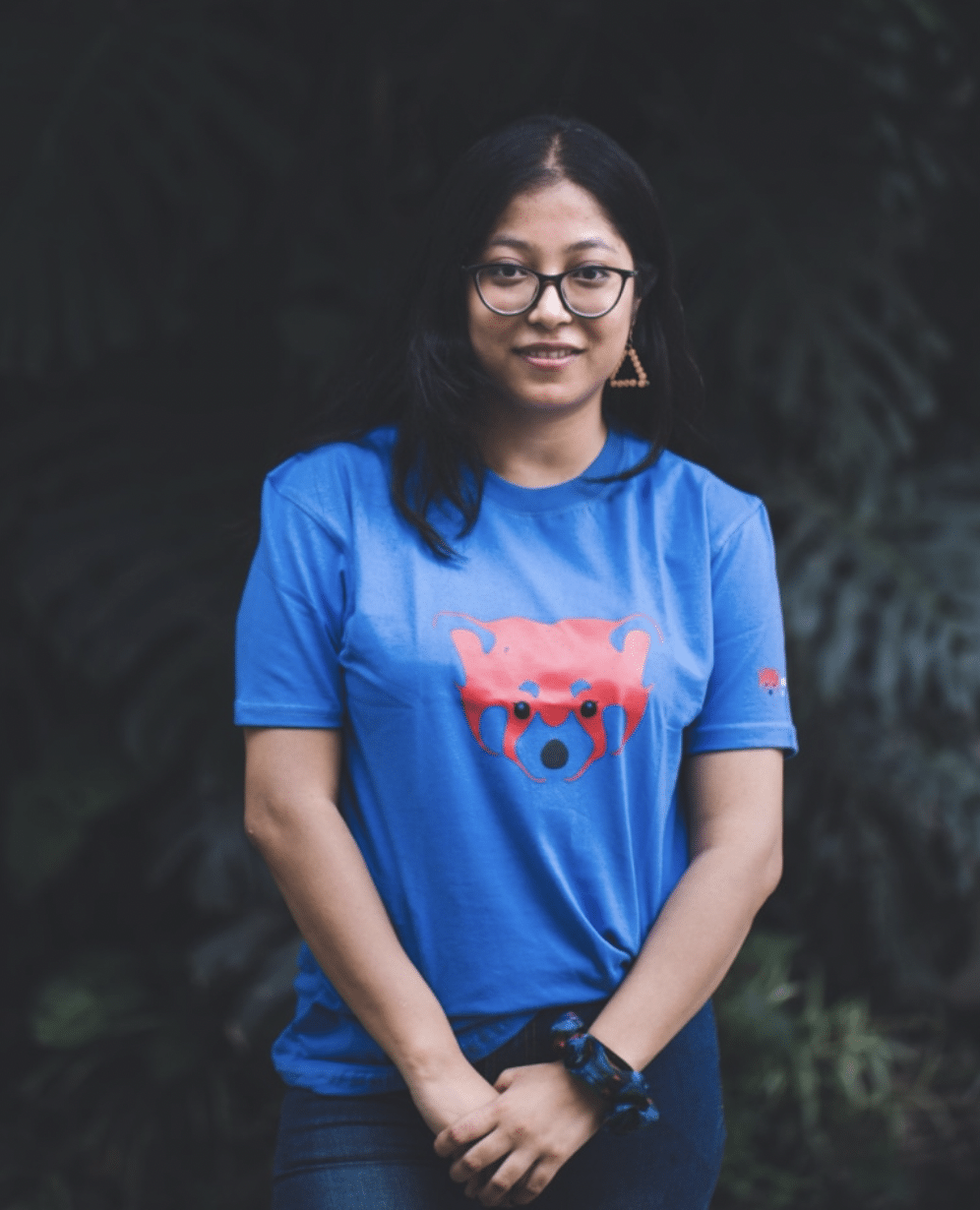
Janam Shrestha
Red pandaJanam Shrestha
Janam is planning to use her scholarship to pursue a master’s degree at the University of Gottingen. Her goal is to apply her social science background to investigate how governance, policy, and decision-making can be used to improve conservation outcomes in areas such as illegal wildlife trade and poaching, promoting the engagement of local communities in conservation, and human-wildlife conflict. She has been working with the Red Panda Network since 2020, progressing from intern to program officer, and during that time has shifted her career goals away from pure research toward a “people and nature” approach – an interdisciplinary way to understand how to balance ecological and social objectives to achieve sustainable conservation. She plans to focus her master’s research on understanding the illegal trade of the Chinese pangolin in Nepal and hopes to return to working with the Red Panda Network after completing her degree. Nominated by Sonam Tashi Lama of the Red Panda Network (and former WCN Scholarship recipient himself, in 2016).
Awarded a WCN Conservation Scholarship.
Location: Nepal
University: University of Gottingen
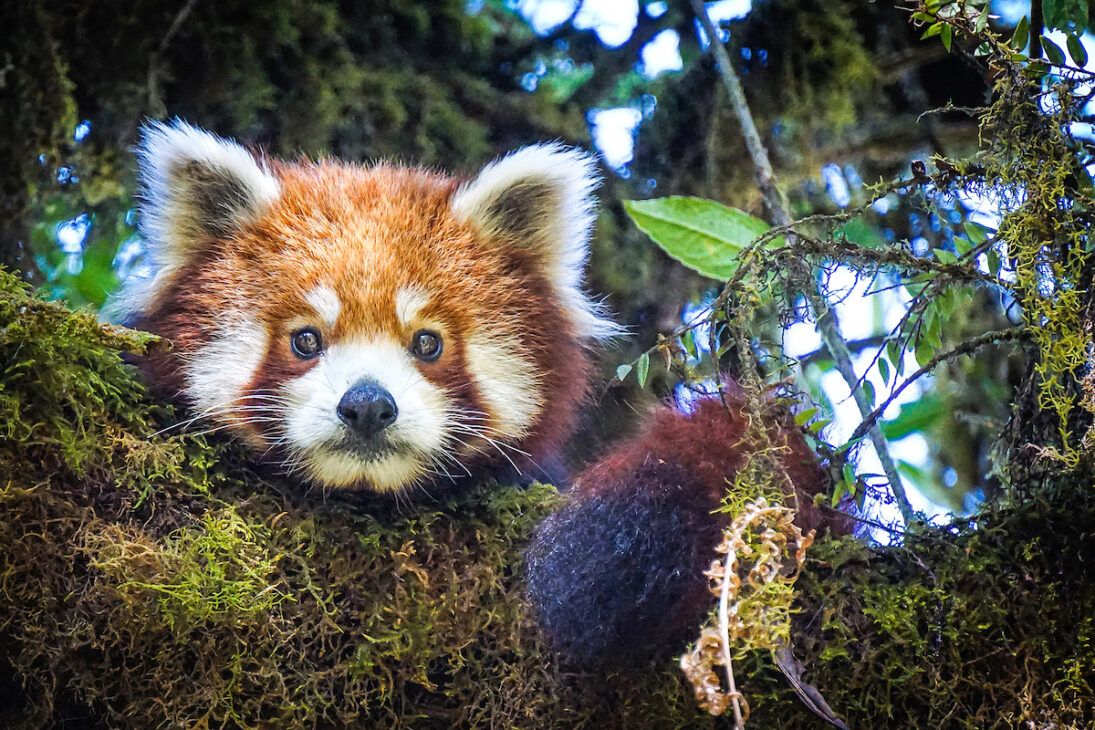
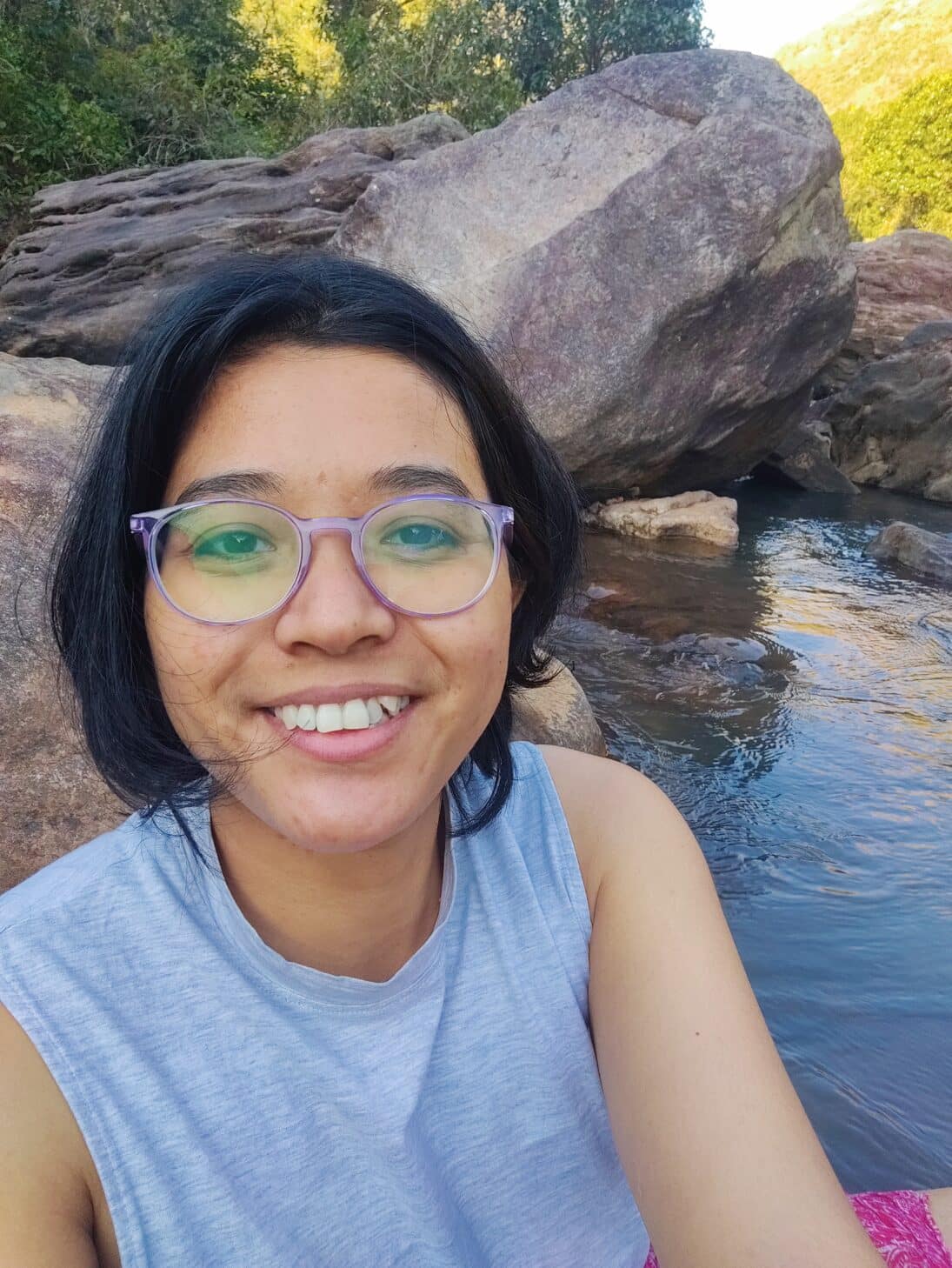
Preety Sharma
Chinese PangolinPreety Sharma
Preety is planning to use her scholarship to pursue a master’s degree in ecological design thinking from Schumacher College. She grew up with experiences of a city as well as her tribal village in Nagaland working in swidden fields (a type of rotational agriculture), collecting edibles from the jungle, and listening to stories about wild animals from her elders. This eventually led her to understand that the eco-consciousness she grew up with in her village, which was embedded in cultural practices, had allowed wildlife species to thrive. She plans to explore the socio-cultural perspective of the Indigenous Lotha Tribe on the elusive wildlife of Nagaland, with a particular focus on the critically endangered Chinese pangolin. Her aim is to study Indigenous narratives using bio-cultural approaches with the goal of examining the synergies and the divergences between culture and conservation. Nominated by Dr. Saloni Bhatia of the Ashoka Trust for Research in Ecology and the Environment (and herself a 2018 WCN Scholar).
Awarded a WCN Conservation Scholarship.
Location: India
University: Schumacher College

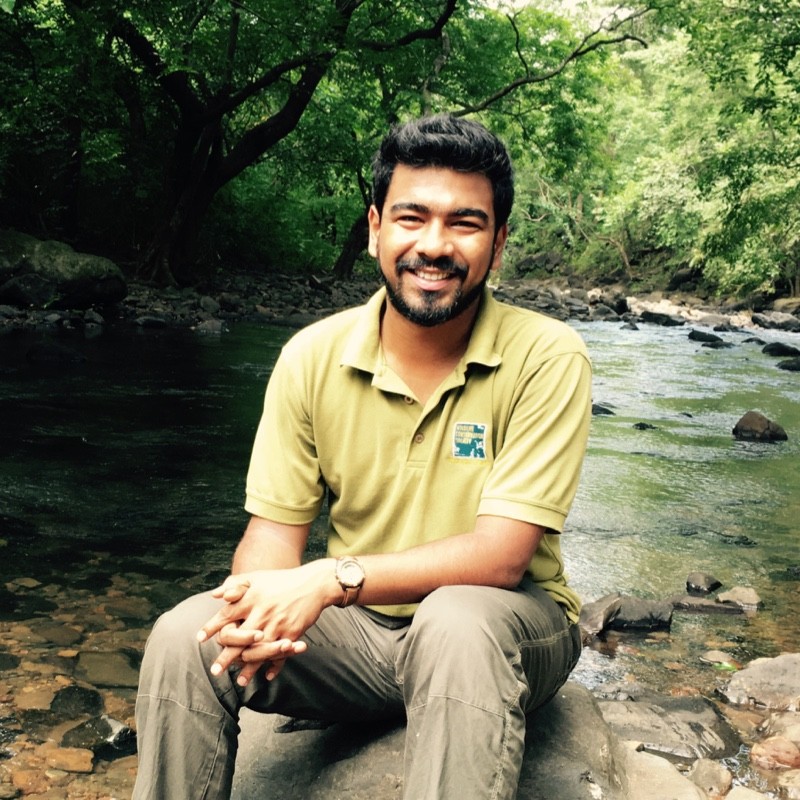
Nikit Surve
LeopardNikit Surve
Nikit is using his scholarship towards his doctoral degree at the Manipal Academy of Higher Education. His dissertation will focus on the human-leopard interactions in the high human-density area of Mumbai. The general goal of his research is to understand the complex nature of human–leopard interactions in this urban landscape. He wants to understand this in order to facilitate peaceful co-existence between leopards and humans. His study will help to provide management interventions to the forest department from Mumbai and other states in India. Nikit has been working with the Wildlife Conservation Society – India since 2015, where he has progressed from being a research consultant to program head for the urban ecology program. After completing his PhD, Nikit hopes to expand his work to other landscapes, including agro-pastoral landscapes where wild carnivores and humans are present. Nominated by Dr. Vidya Athreya of WCS India.
Awarded a WCN Conservation Scholarship.
Location: India
University: Manipal Academy of Higher Education
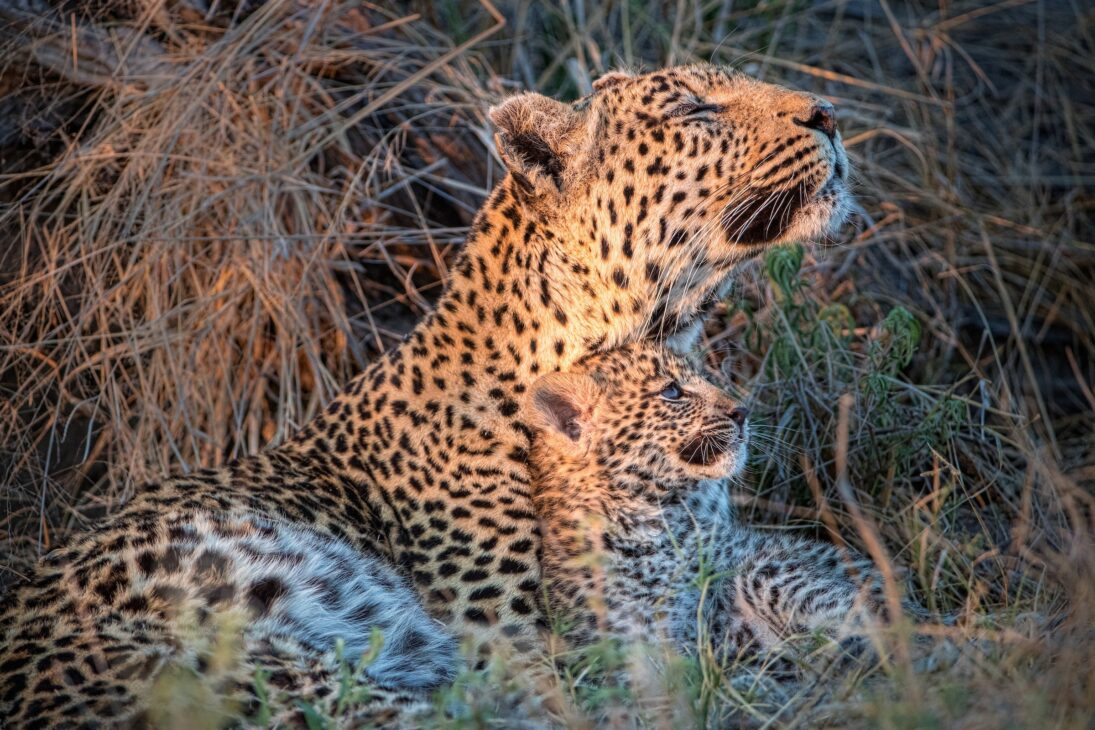
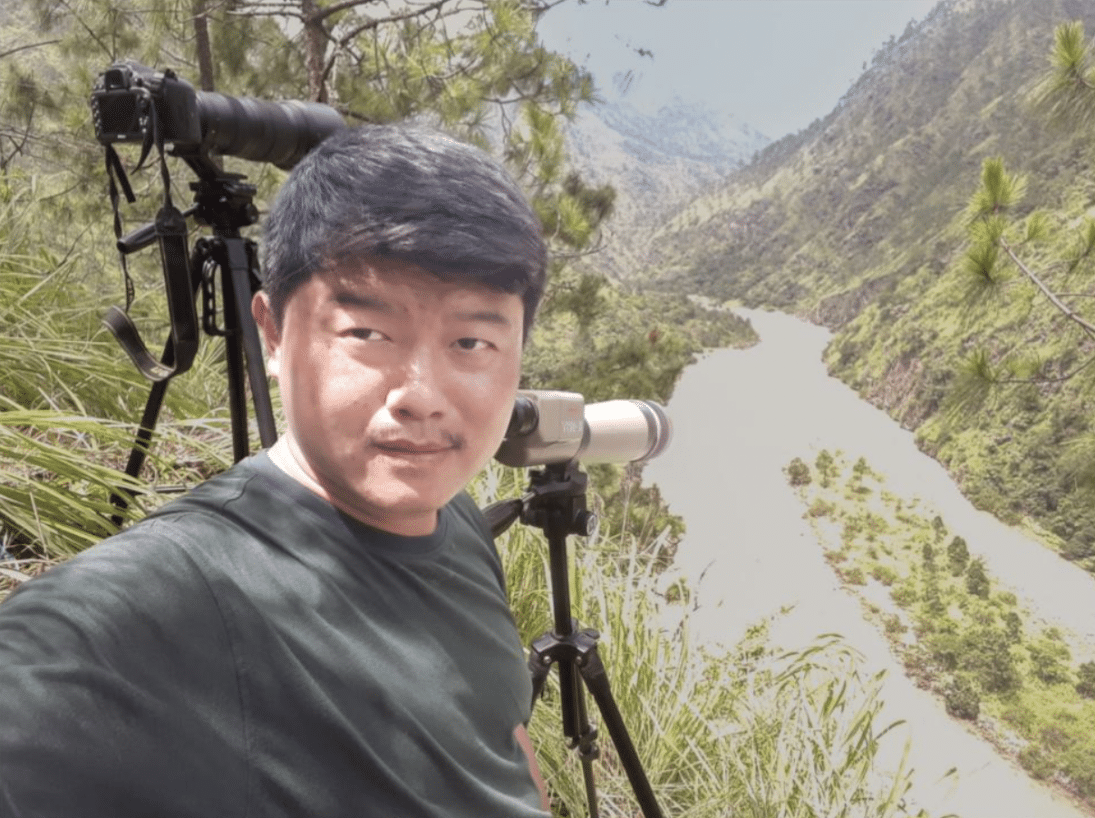
Pema Khandu
White-bellied heronPema Khandu
Pema is using his scholarship towards his doctoral degree at Texas State University. His dissertation is focused on the ecology of and threats to the white-bellied heron, the world’s rarest ardeid, in Bhutan. After completing his PhD, Pema plans to return to Bhutan to work with relevant agencies such as the Royal Society for the Protection of Nature, World Wildlife Fund, and Bhutan Birdlife Society to pursue conservation research and community mobilization for the white-bellied heron. In particular, he will focus on building connections with local communities, park rangers, and wildlife managers to develop better and more sustainable solutions to protecting Bhutan’s flora and fauna while helping the local communities to benefit directly by receiving relevant training, promoting sustainable ecotourism, and showcasing their conservation success stories through the media and other communication channels. Nominated by Dr. Phuntsho Thinley of the Royal Society for Protection of Nature (Whitley Award winner).
Awarded a WCN Conservation Scholarship.
Location: Bhutan
University: Texas State University
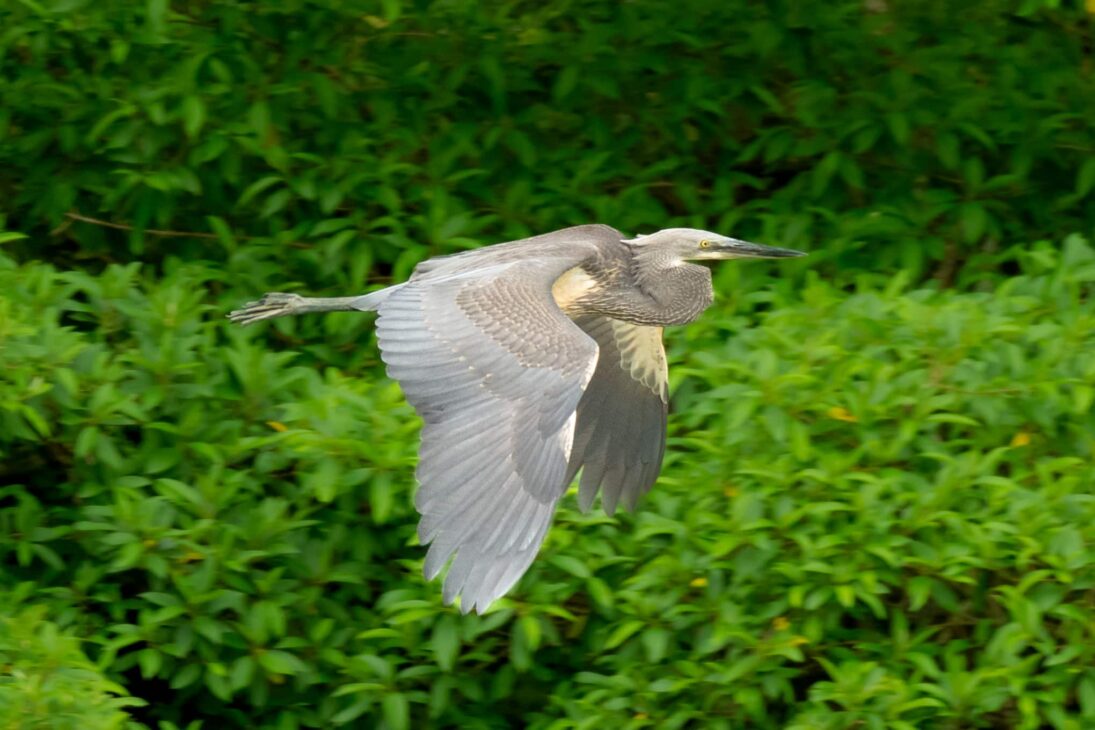
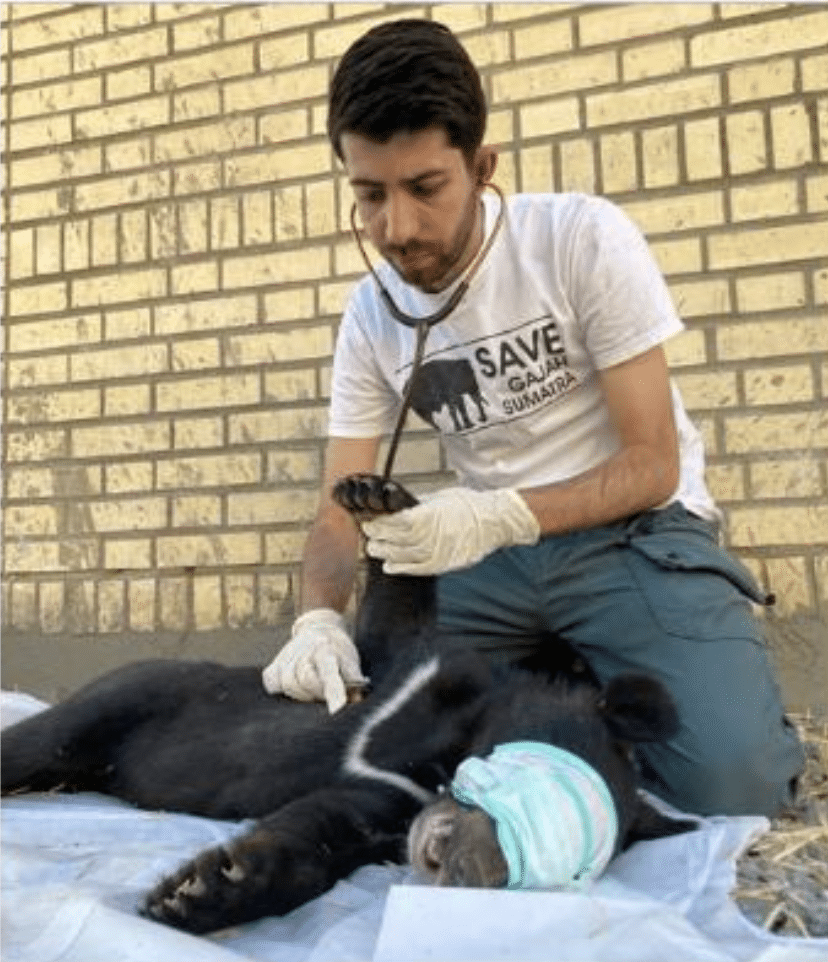
Farbod Khakpour
CheetahFarbod Khakpour
Farbod will be using his scholarship to pursue a doctoral degree at Queen’s University of Belfast, UK. His thesis will be focused on zoonotic infectious and parasitic diseases of African buffalo and African antelopes in the Eastern Cape province of South Africa. Farbod completed his Doctor of Veterinary Medicine degree in 2022 and is committed to devoting his career to providing veterinary skills to the field of wildlife conservation in Iran. Infectious diseases and the One-Health approach are becoming more and more important in wildlife conservation as diseases are affecting wildlife populations and local communities directly and indirectly in Africa and worldwide.
Diseases are a very serious threat against wild bovids’ survival across his homeland country Iran and every year many zoonotic and infectious disease outbreaks (e.g., PPR, Contiguous Ecthyma, Caprine pox, Brucellosis, etc.) make disastrous mortalities in threatened native wild herbivores of Iran such as Ibex, Mouflons (many of them are endemic subspecies), Urials, Gazelles, etc. These outbreaks not only decline wild herbivores’ populations but also affect their predators’ populations such as Persian leopards, Asiatic cheetahs, Caucasian lynx, Grey wolves and many more and the decline in prey population increases the wild predators and local communities’ conflicts. He wants to make a change and help to stop this catastrophic domino in Iran through his skills, knowledge and expertise which all will be gained during his PhD degree.
Awarded a Veterinary Scholarship
Location: Iran
University: Queen’s University of Belfast, UK
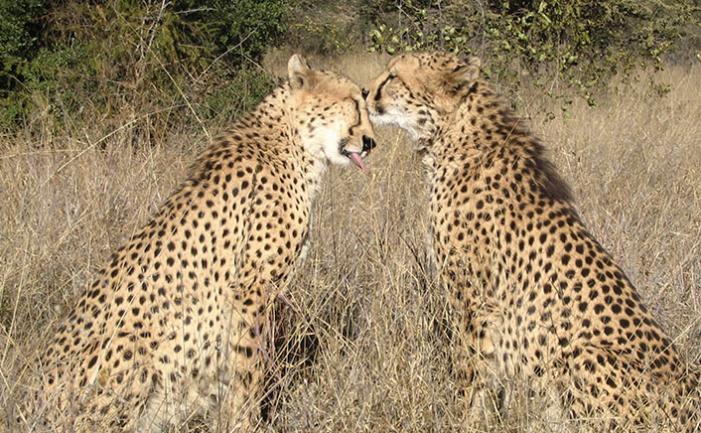
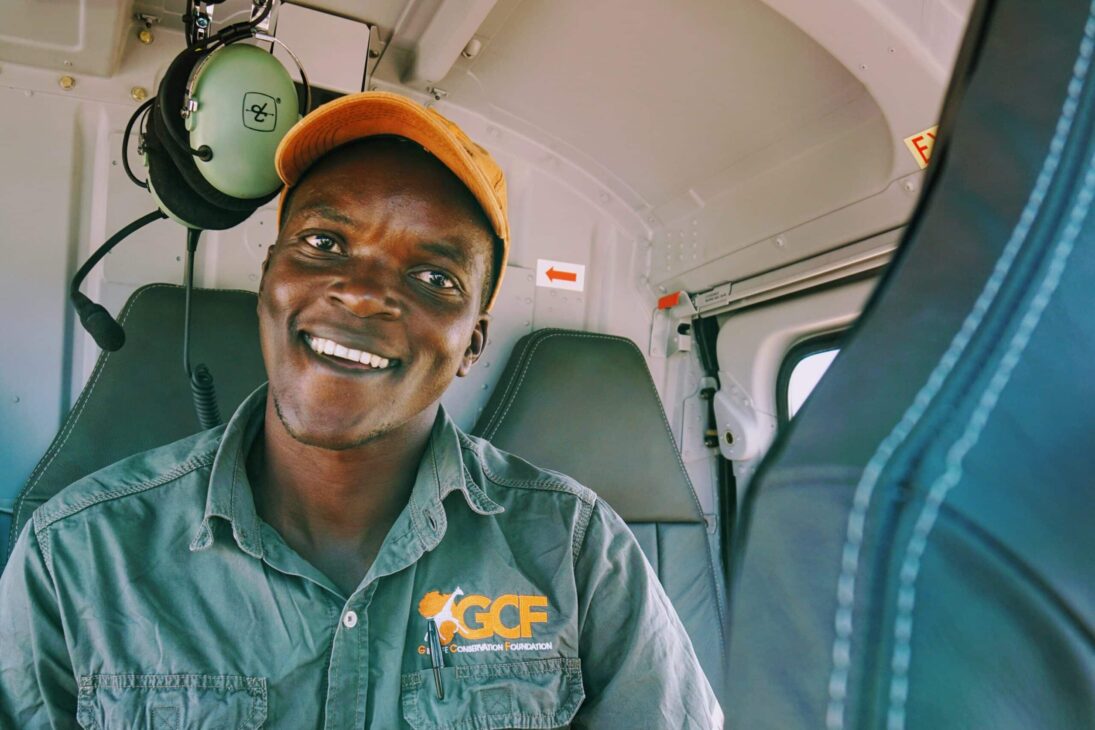
Joshua Lubega
Nubian giraffeJoshua Lubega
Joshua will use his scholarship to pursue a master’s degree at Makerere University. He plans to focus on the impact of snaring on the critically endangered Nubian giraffe in Murchison Falls National Park, where the density of wire snares is one of the highest in all of Africa. The team at the Giraffe Conservation Foundation, where Joshua works, have noticed that even with prompt de-snaring and wound treatment, many giraffe develop mysterious granulomas that continue to impact their health. This phenomenon has not been observed in other species treated using the same treatment protocol. Joshua’s plan is to evaluate the bacterial growth occurring in snare wounds, perform antibiotic sensitivity tests to determine if the protocol in place is the best for Nubian giraffe, and to identify alternatives if possible. Nominated by Stephanie Fennessy of the Giraffe Conservation Foundation.
Awarded a Veterinary Scholarship
Location: Uganda
University: Makerere University
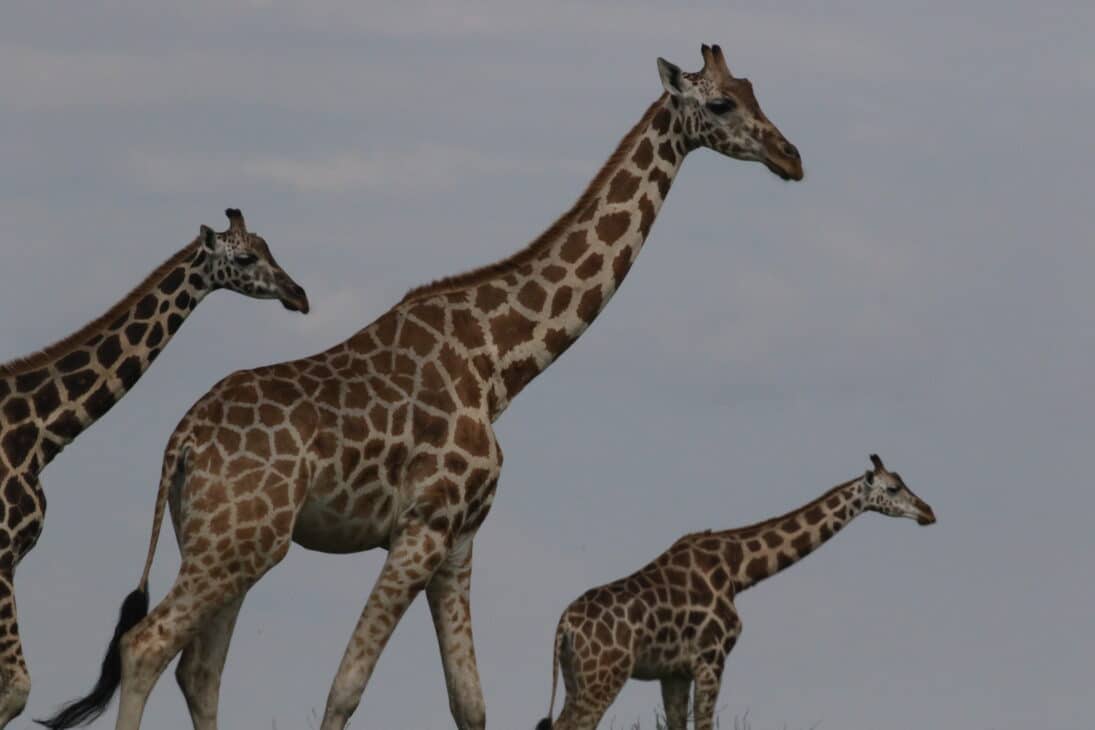
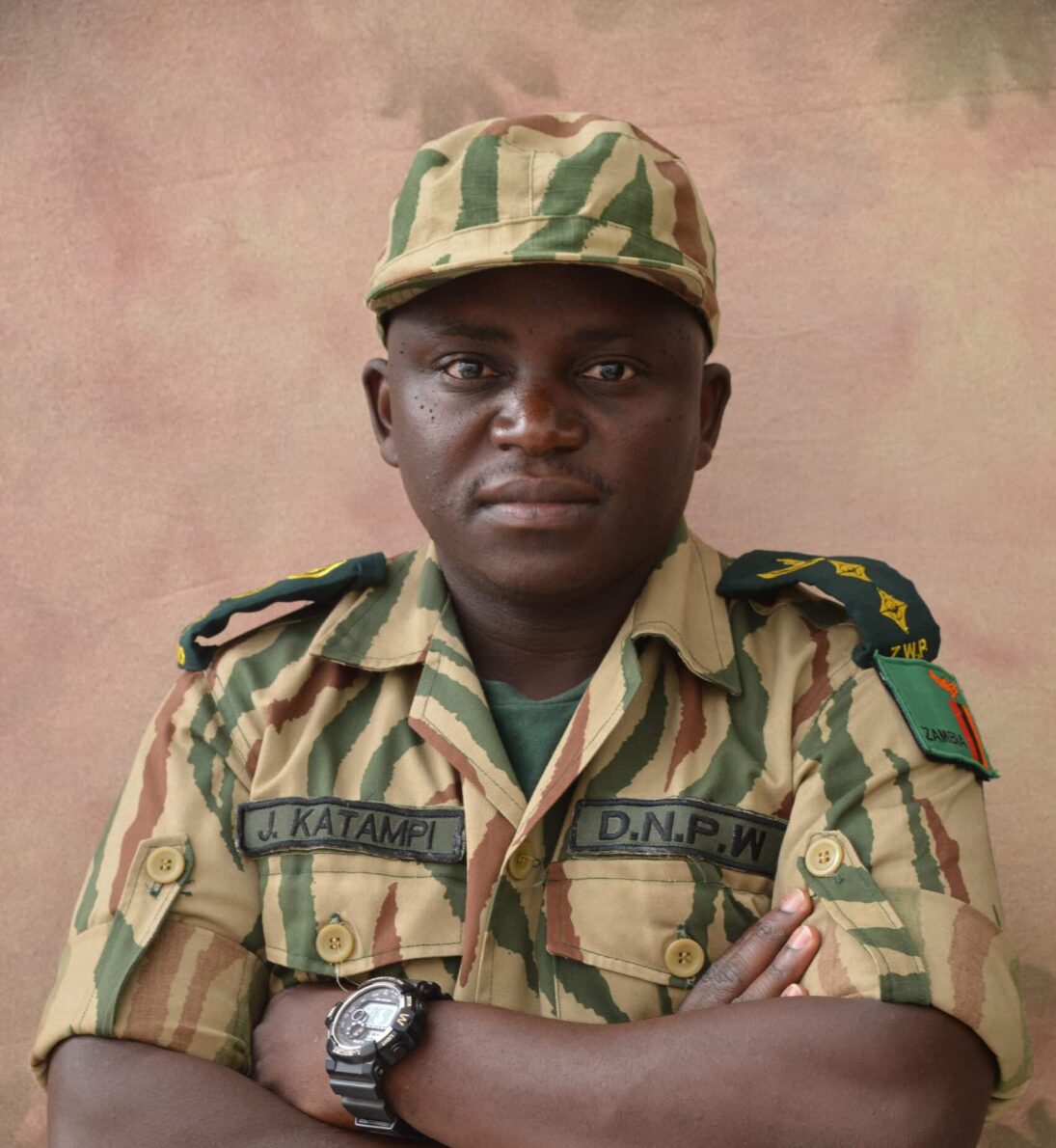
Jackson Katampi
Black and white rhinosJackson Katampi
Jackson will be using his scholarship to pursue a master’s degree at Carinthian University of Applied Science, with a focus on management of black and white rhino meta-populations in Zambia. Zambia has the potential to be a leader in both black and white rhino conservation, but a lack of veterinary and management skills as well as political will has resulted in slow population growth. The meta-populations of these species need to be managed well, and Jackson’s goal is to integrate veterinary work into rhino management in order for Zambia to meet the 2030 vision of becoming a recognized rhino range country. His thesis will focus on common rhino diseases, anthropogenic threats, and the establishment of rhino breeding programs using a veterinary approach. Nominated by Kerri Rademeyer of Wildlife Crime Prevention.
Awarded a Veterinary Scholarship
Location: Zambia
University: Carinthian University of Applied Science

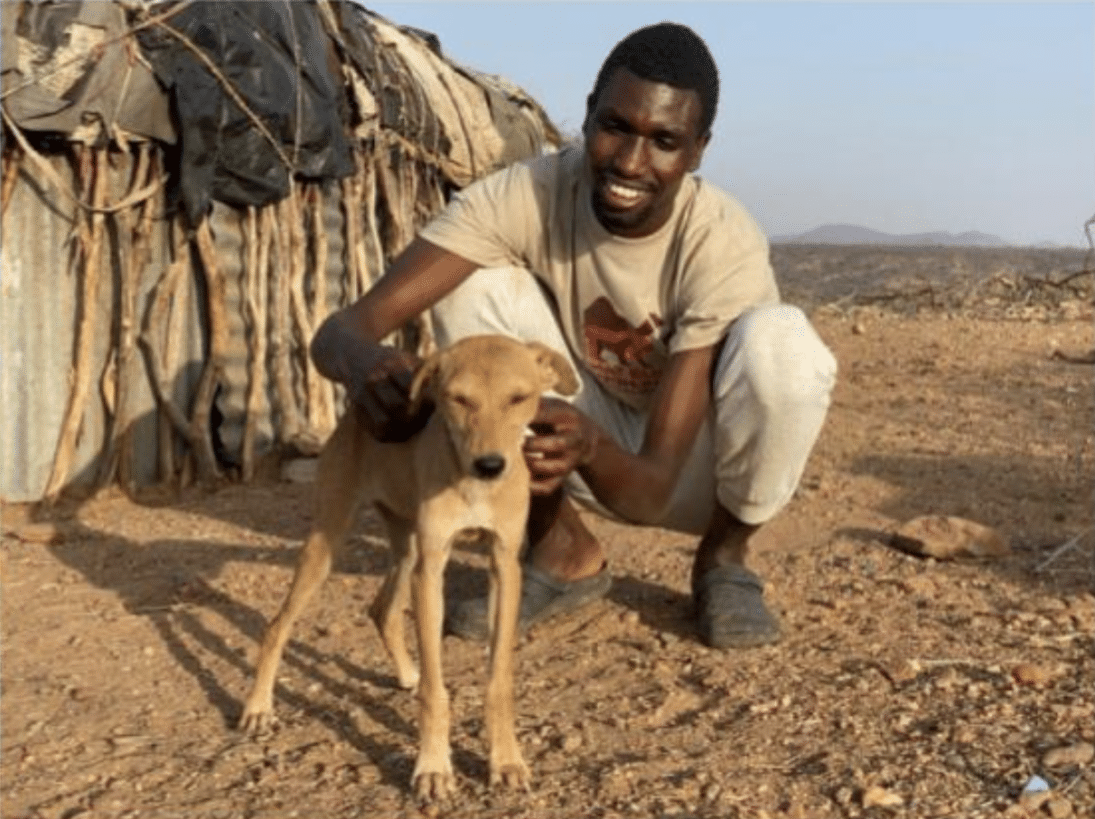
Solomon Lenasalia
LionsSolomon Lenasalia
Solomon is planning to use his scholarship to pursue a veterinary degree at the University of Nairobi. Growing up as a pastoralist in Samburu, northern Kenya, Solomon witnessed the challenges firsthand of disease transmission between domestic animals, wildlife, and people. He felt naturally drawn to becoming a conservationist and got involved in Ewaso Lions’ programs in Samburu, including helping with their ‘Kura’s Pride’ domestic animal vaccination and mobile veterinary program, which has inspired him to pursue a veterinary degree. His goal is to complete his degree and return to continue helping the team combat the diseases that pose threats to the conservation of lions and other large carnivores as well as to the welfare of domestic dogs in Samburu – primarily rabies and canine distemper. Nominated by Dr. Shivani Bhalla of Ewaso Lions.
Awarded a Veterinary Scholarship
Location: Kenya
University: University of Nairobi
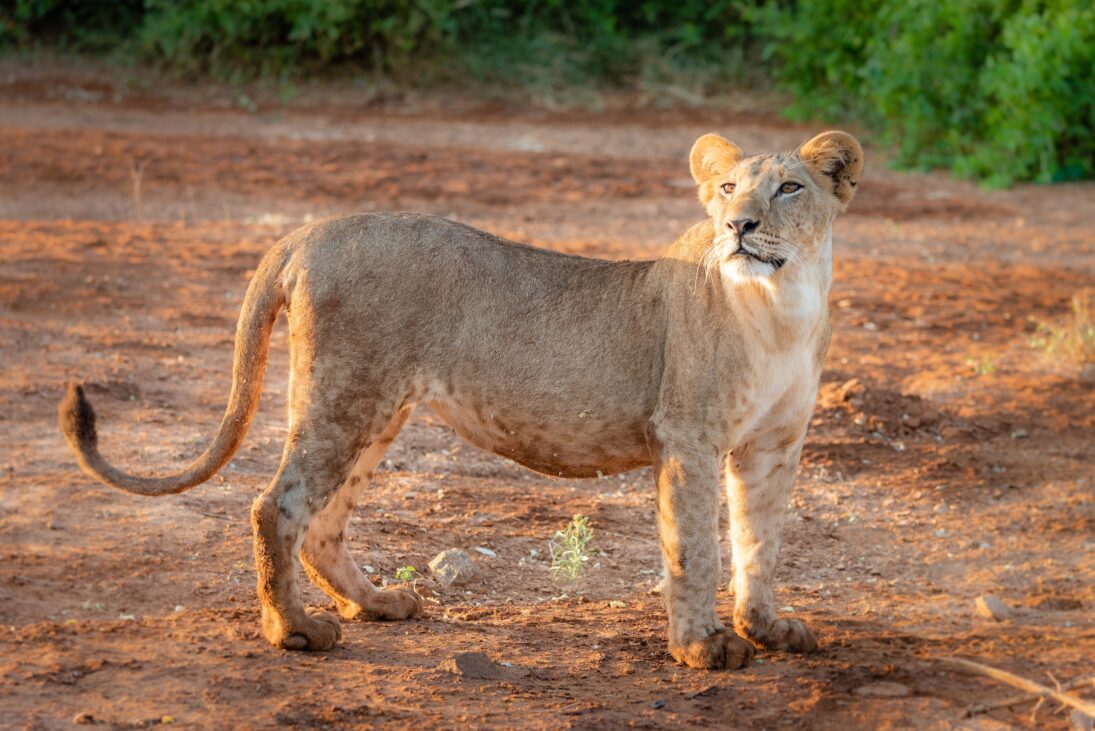
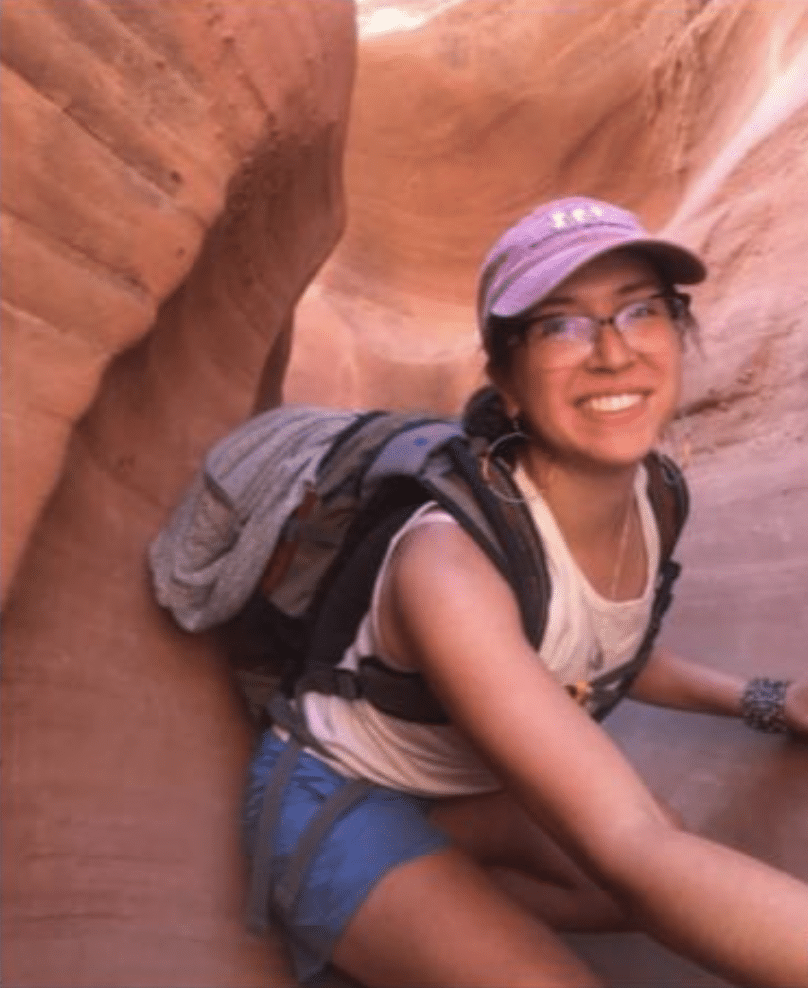
Stephanie Barron
Grizzly BearStephanie Barron
Stephanie is pursuing a master’s in environmental science at the University of Montana. Her master’s thesis focuses on the development of carnivore coexistence education materials, building off of the efforts of a Blackfeet community member to address a need that exists in both the Blackfeet and Confederated Salish & Kootenai communities. As grizzly bears begin to occupy more of their historic habitat and as the population continues to grow, incidences of conflict have continued to rise. Stephanie will be working to develop a culturally relevant 4-H curriculum on carnivore coexistence in order to bridge the gap between the next generation of livestock owners in Western Montana and the conservation goals of many throughout the state. By teaching youth why coexistence with carnivores is important and providing them with the tools to succeed in their 4-H endeavors in a way that prevents conflict, Stephanie’s aim is for her work to positively influence the perceptions these youth have about grizzly bears and other large carnivores. Nominated by Jennifer Harrington, director of the Native American Natural Resource Program at the University of Montana.
Awarded a US-based Indigenous Scholarship
Location: Chiricahua Apache
University: University of Montana
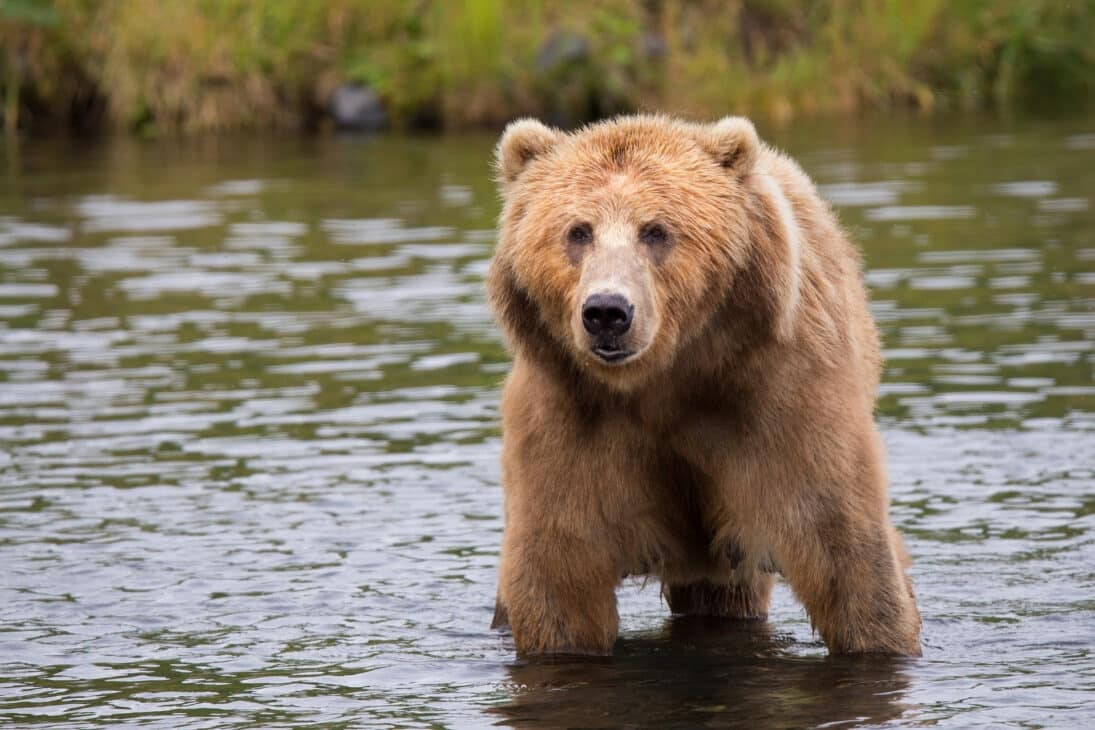
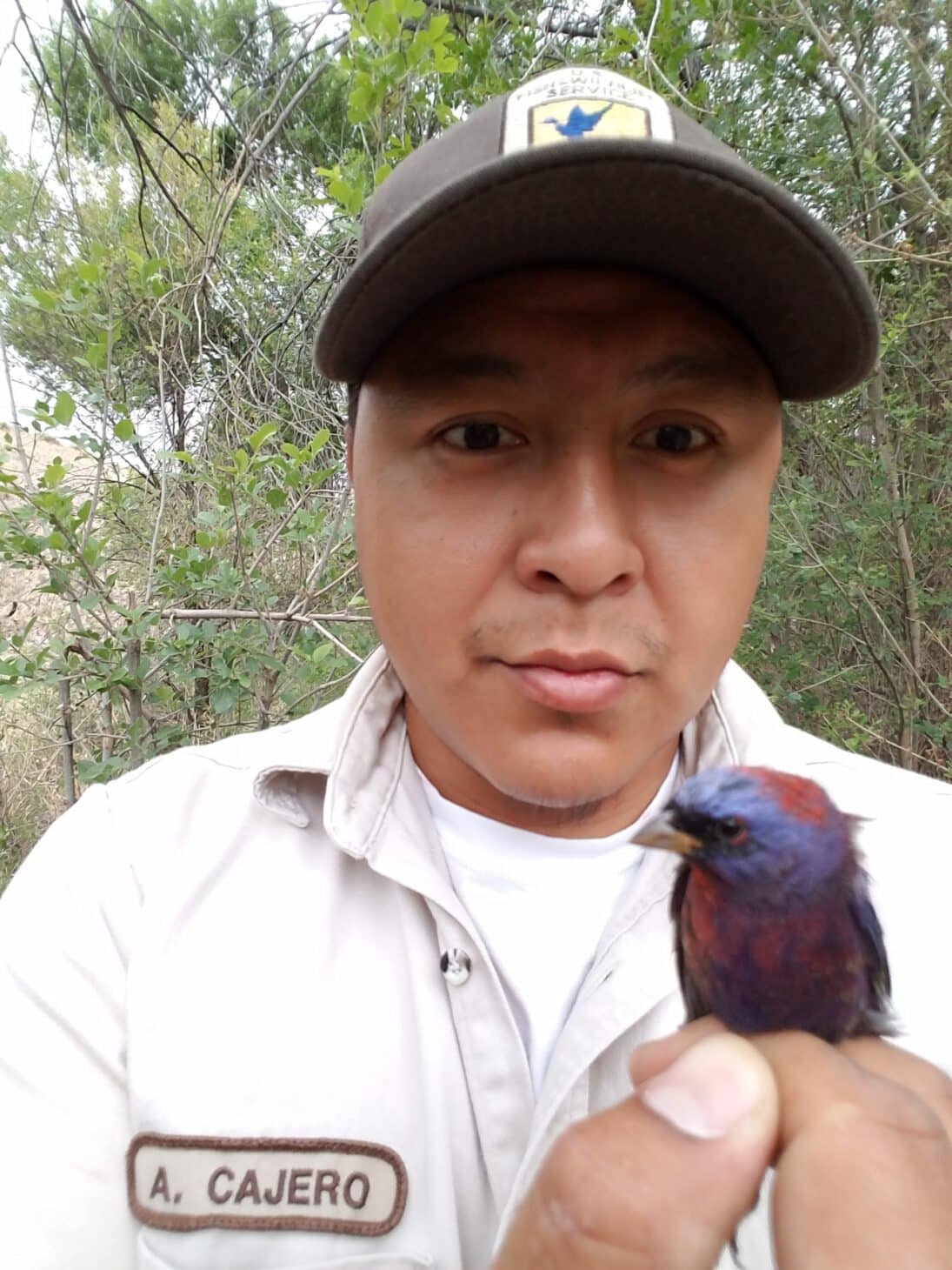
Aaron Cajero
CougarAaron Cajero
Aaron will be pursuing a master’s degree at Oklahoma State University and is intending to focus his thesis on the evaluation of cougar predation and bear kleptoparasitism in Vermejo Park Ranch, New Mexico. His current role as forestry supervisor for his tribe (the Pueblo of Jemez, New Mexico) helped shape his understanding of the work that must be done to ensure that the natural resources the Pueblo people depend on will be available for future generations, while at the same time meeting the needs of wildlife who also call the land home. After completing his degree, Aaron aims to act as a resource to his own and other tribal communities throughout the country who may not have access to the expertise to undertake natural resource management projects. Nominated by Mara Weisenberger, Bureau of Land Management Monument Manager in Las Cruces, NM.
Awarded a US-based Indigenous Scholarship
Location: Pueblo of Jemez
University: Oklahoma State University
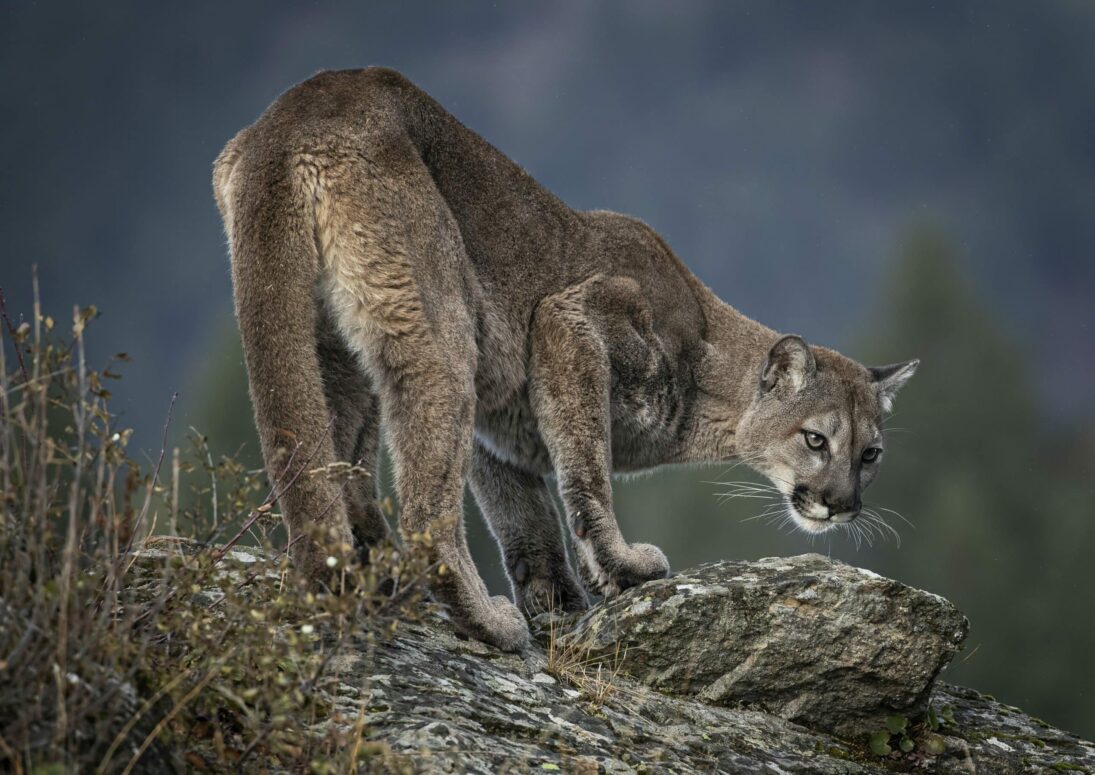
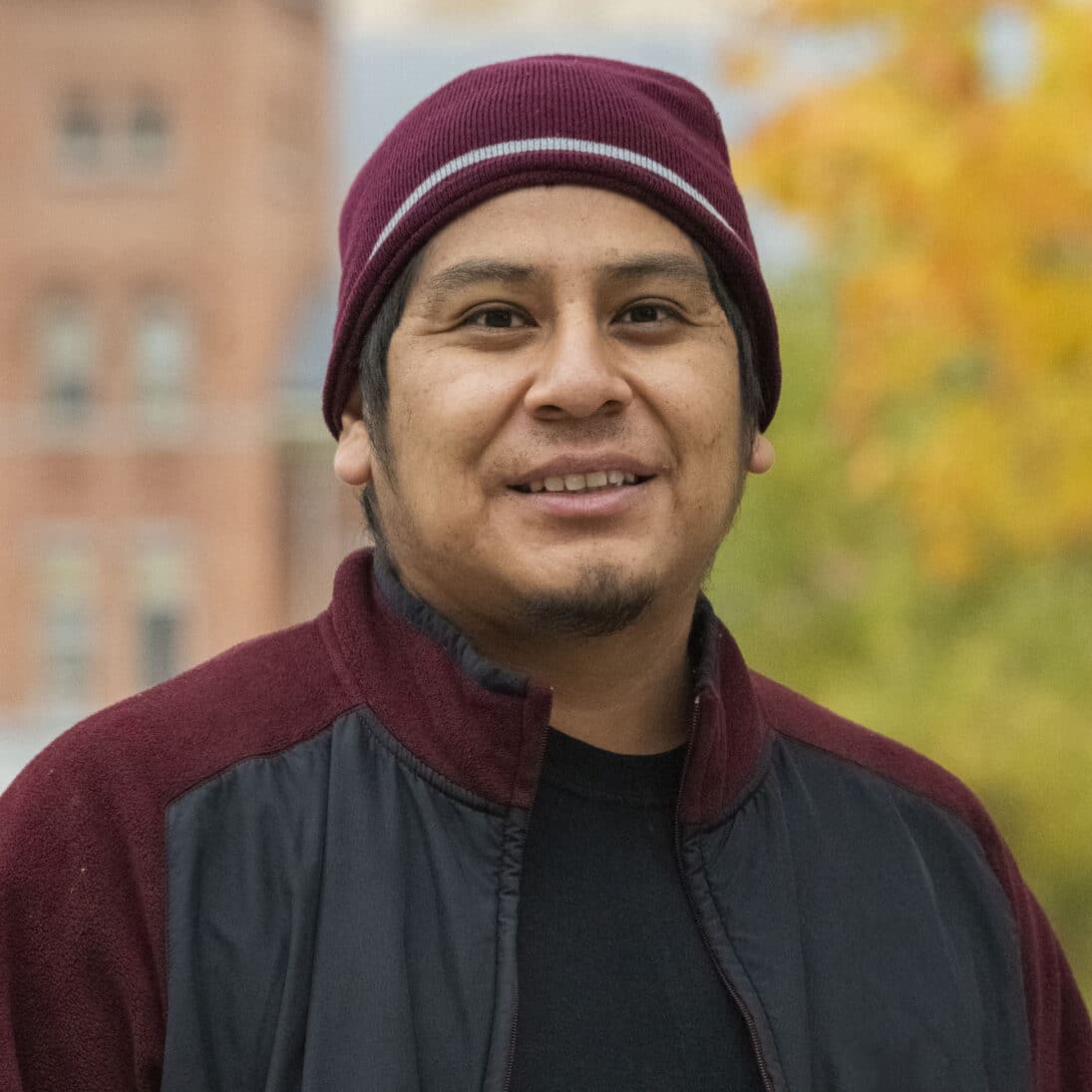
Daniel Bird
ElkDaniel Bird
Daniel is pursuing his PhD at the University of Montana. His dissertation is focused on identifying migration routes, stopover sites, habitat use, and potential barriers to elk movement on the Blackfeet reservation (Montana, U.S.) and the surrounding landscape. In partnership with the Blackfeet Fish & Wildlife Department and others, Daniel has begun to: 1) capture and GPS radio-collar 100 adult female elk; 2) monitor elk movements for up to 2.5 years to identify migration corridors between Glacier National Park, Lewis & Clark National Forest, and the Blackfeet reservation; and 3) identify stopover sites, delineate winter and summer ranges, and create resource selection function models to assess how elk utilize the landscape. His long-term goals are to 1) increase Native American representation in STEM fields at the university, tribal, state, and federal levels, including the field of wildlife biology, and 2) become a wildlife biologist for tribal communities, including his own, so that they can sustainably manage natural resources and in return maintain unique cultures, languages, and Indigenous ways of living. Nominated by Dr. Josh Millspaugh, Boone and Crockett Professor of Wildlife Conservation at the University of Montana.
Awarded a US-based Indigenous Scholarship
Location: Santo Domingo Pueblo
University: University of Montana
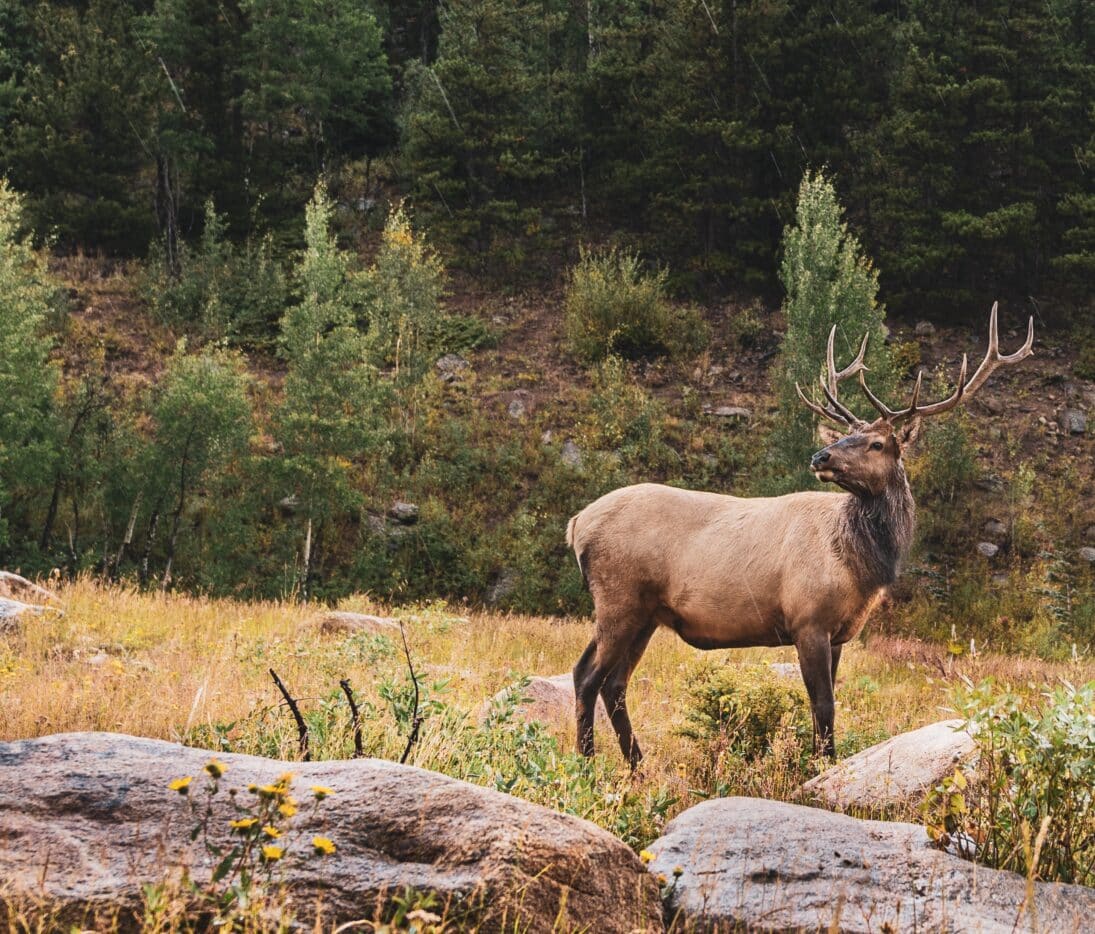
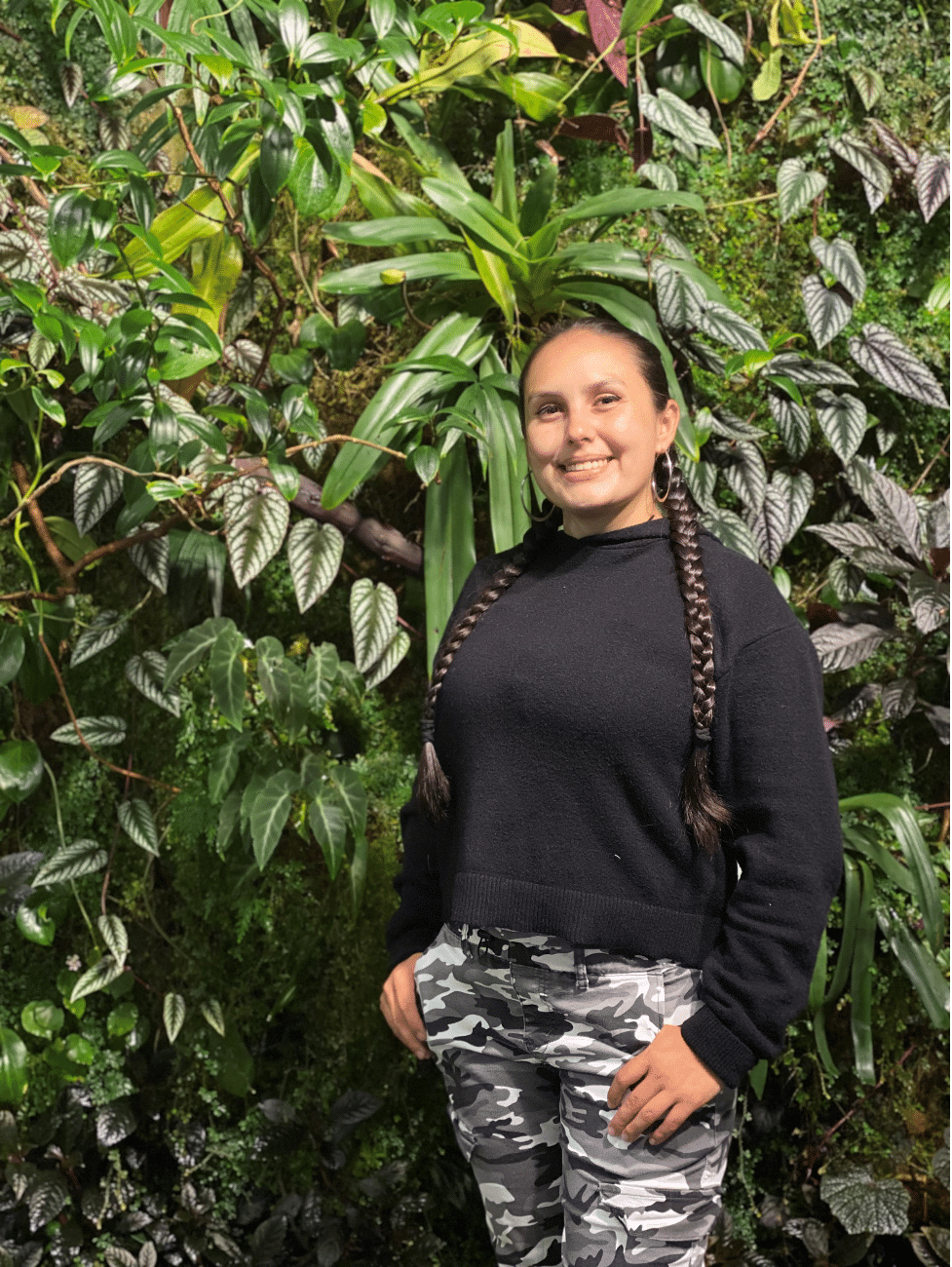
Brook Thompson
California PolicyBrook Thompson
Brook is pursuing a PhD from the University of Santa Cruz, investigating how Traditional Indigenous Knowledge (TEK) can be meaningfully integrated into water policy by changing key California policy-making procedures. Her research will look at the questions of how can California water agencies better utilize TEK, how water agencies are currently interacting with tribes around water policy, and how agencies can interact with tribes around TEK without exhausting tribal members or elders. Her goal is that this research will be used to reform policy in California and to create scalable changes for other states. She has already been successful in advocating for the inclusion of TEK into California environmental policy through her work on salmon conservation through the California Fish and Game Commission, advocating that fall and spring salmon should be considered separate species based on her tribe’s long-standing knowledge of their taste and behavior. Despite getting the desired outcome, the Commission remarked that they could not consider Indigenous knowledge when making decisions. Brook’s dissertation will create mechanisms to change that, identifying policy pathways that integrate TEK as an official source of knowledge in making conservation decisions. Nominated by Dr. Erika Zavaleta, Howard Hughes Medical Institute Professor of Ecology and Evolutionary Biology at the University of California Santa Cruz.
Awarded a US-based Indigenous Scholarship
Location: Yurok & Karuk
University: University of Santa Cruz

WCN's Past Scholars
2022 Scholars
Caroline Nkamunu Patita
Kenya
Giraffe
Daniel Sempebwa
Uganda
Chimpanzees
Devavrat Pawar
India
Tigers
Eric Niyonkuru
Rwanda
Golden Monkeys
Esther Nosazeogie
Nigeria
Seabirds
Francis Lopeyok Charles Lenantiri
Kenya
Northern Black Rhino and Elephant
Guadalupe Verta
Argentina
Andean Cat, Southern Viscacha, and Cougar
Guilherme Alvarenga
Brazil
Jaguar
Hamera Kelemework
Ethiopia
Ethiopian Wolves
Isabela Mascarenhas
Brazil
Buffy-Tufted-Ear Marmoset
Kevin Lunzalu
Kenya
Green Sea Turtles, Hawksill Sea Turtle, and Olive Ridley Sea Turtles
Leandre Murhula
DRC
Grauer’s Gorillas
Lucas Mendes Barreto
Brazil
Giant Armadillo
María Elena Carbajal
Peru
Andean Bears and Jaguars
Muhammad Asif
Pakistan
Snow Leopard
Nelson Mwangi Gathuku
Kenya
Elephant
Pallabi Chakraborty
India
Elephant
Prince Pascal Agro
Ghana
White-bellied and Black-bellied Pangolins
Rochelle Mphetlhe
Botswana
Raptors
Saliza Awang Bono
Malaysia
Indo-Pacific humpback dolphin and Irrawaddy Dolphin
Samuel Njuki Mahiga
Kenya
Mountain Bongo
Samundra Ambuhang Subba
Nepal
Snow Leopard, Wolf, and Lynx
Singira Parsais
Tanzania
African Wild Dogs
Sinomar Ferreira da Fonseca, Junior
Brazil
Yellow-spotted River Turtle and Red-rumped Agouti
Sophia Jingo
Uganda
Human-wildlife Conflict
Suraj Baral
Nepal
Mugger Crocodile
Tobias Otieno
Kenya
Lions
Theophile Kiluba Wa Kiluba
DRC
Great Apes
Ulaankhuu Ankhanbaatar
Mongolia
Infectious Diseases
Zablon Fataely
Tanzania
Elephants
2021 Scholars
Michael Akrasi
Ghana
White-bellied pangolin
Gabriel Juan Sebastian Ayala Giraldo
Colombia
Sea Turtles
Hasita Bhammar
India
Human wildlife conflict
Grace Cheptoo
Kenya
Leopards
Florencia Chiapero
Argentina
Andean Cats
Jamal Galves
Belize
Antillean Manatee
Dr. Huguette Kamavu
Democratic Republic of Congo
Grauer’s Gorillas
Dr. Asma Hersi
Somali
Cheetahs
Herdhanu Jayanto
Indonesia
Fasle gharial and Siamese crocodile
Kinley
Bhutan
Rufous-necked hornbill
Niang Lin
Myanmar
Biodiversity in Myanmar
Christopher Mbisana
Botswana
Cheetahs
Dennis Minja
Tanzania
Cheetahs
Rama Mishra
Nepal
Fishing cats
Fenrick Msigwa
Tanzania
Wildlife Utilization
Dr. Ny Aina Tiana Rakotoarisoa
Madagascar
Tortoises
Jean Fernando Randriamiajason
Madagascar
Fishers and fishing communities
Dr. Tony Nambinina Natacha Rasolozaka
Madagascar
Madagascar pochard
Antso Razakafamantanantsoa
Madagascar
Verreaux’s sifaka
Justine Robert
Tanzania
Human wildlife conflict
Tania Romero Bautista
Peru
Amazon river dolphin
Albert Salemgareyev
Kazakhstan
Saiga
Dr. Frederic Stephane Singa Niatou
Central African Republic
Great Apes
Carine Uwamahoro
Rwanda
Great Apes
Mariam Weston Flores
Mexico
Small Mexican Wild Cats
Dr. Adiya Yadamsuren
Mongolia
Camel
2020 Scholars
Shaleen Angwenyi
Kenya
African Painted Dog
Gabriel Antwi-Boasiako
Ghana
African elephants, slender-snouted crocodiles, dwarf crocodiles, pangolins
Kambwiri Banda
Zambia
Lion
Charles Emogor
Nigeria
White-bellied pangolin
Paul Hatanga
Uganda
Chimpanzees, Ugandan Mangabey
Tarik Kabir
Bangladesh
Western Hoolock Gibbon
Herbert Kasozi
Uganda
Rothschild’s Giraffe
Ambika Prasad Khatiwada
Nepal
Chinese Pangolin
Masud Lahut
Iran
Baluchistan Black Bear
Patrick Okello
Uganda
Lion and cheetah
Ando Rabearisoa
Madagascar
Hawksbill Sea Turtle
Tapologo Connie Sebati
Botswana
Cheetah
Mario Sneyder Jimenez Segura
Costa Rica
Great Green Macaw
Sandra Teoh
Malaysia
Indo-pacific Humpback dolphin
2019 Scholars
Peter Abanyam
Nigeria
Cross river gorillas, slender-snouted crocodiles, Nigeria-Cameroon chimpanzees, and elephants
Muktar Abute
Ethiopia
Ethiopian wolf
Damber Bista
Nepal
Red panda
Melissa Micaela Arias Goetschel
Ecuador
Jaguars
Juan Carlos Huaranca
Bolivia
Andean cat and Pampas cat
Teddy Mulenga Mukula
Zambia
Cheetahs
Thomas Mutonhori
Zimbabwe
Painted dog
Minh Mguyen
Vietnam
Large-antlered muntjac
Jean Ferus Niyomwungeri
Rwanda
Grey crowned cranes
Carmen Julia Quiroga Pacheco
Bolivia
Andean bears, pumas, and jaguars
Shashank Poudel
Nepal
Leopards
James Watuwa
Uganda
African Elephant
2018 Scholars
Tiasa Adhya
India
Fishing cat
Salonia Bhatia
India
Snow leopard
Tashi Dhendup
Bhutan
Clouded leopard, tiger, marbled cat, Asiatic golden cat, and Pallas’ cat
Francy Forero
Colombia
Cotton-top
Marina Rivero Hernandez
Mexico
Baird’s tapir
Agostinho Aquelino Jorge
Mozambique
African lions and other large carnivores
Monsoon Khatiwada
Nepal
Dhole
Lucero Maria del Carmen Vaca Leon
Mexico
Jaguar, Baird’s tapir, white lipped peccary, and ocelot
Giridhar Malla
India
Fishing cat
Arthur Bienvenu Muneza
Rwanda
Giraffe
Henry Mwape
Zambia
Leopards, lions, African wild dogs, and spotted hyena
An Nguyen
Vietnam
Large-antlered muntjac, Owston’s civets, Annamite striped rabbits, and felids
Phale Max Seele
Botswana
Cheetahs
Gao Yufang
China
Snow leopard
2017 Scholars
Rabin Kadariya
Nepal
Asiatic black bear, tiger, and Asian elephant
Martial Kiki
Republic of Benin
West African lion and spotted hyena
Krystelle Lavaki Danford
Fiji
Coral reef fish and other marine species
Joseph Lopsala Letoole
Kenya
Grevy’s zebra
Thaís Queiroz Morcatty
Brazil
Jaguars, ocelots, pumas, and Brazilian snake-necked turtles
Anya Ratnayaka
Sri Lanka
Fishing cat, rusty-spotted cat, and jungle cat
Aristide Takoukam Kamla
Cameroon
African manatee
Suraj Upadhaya
Nepal
Snow leopard
2016 Scholars
Francis Rodriguez
Peru
Spectacled bear
Justin Chambulila
Tanzania
Large carnivores
Nadia Mijiddorj
Mongolia
Snow leopard
Sabita Malla
Nepal
Greater one-horned rhino and Asian elephant
Rafael Morais
Brazil
Jaguar
Tutilo Mudumba
Uganda
Lion
Pooja Choksi
India
Bengal tiger
Sonam Tashi Lama
Nepal
Indian leopard
2015 Scholars
Rinzin Phunjok Lama
Nepal
Snow Leopard
Manoj Bhusal
Nepal
Red panda
Lara Heidel
Argentina
Andean cat
Jaffar Ud Din
Pakistan
Snow leopard
Gebeyehu Rskay Kassa
Ethiopia
Ethiopian wolf
Deo Kujirakwinja
DRC
Chimpanzee
Ashan Thudugala
Sri Lanka
Fishing cat, Rusty’s spotted cat, Jungle cat
Arjun Srivathsa
India
Dhole (Asiatic wild dog)
Anita Bousa
Laos
Saola
Alejandra Rocio Torrez
Bolivia
Andean cat
2014 Scholars
Carla Mere
Peru
Woolly monkey
Dina Farfan Flores
Peru
Andean cat
Festus Wanderi Ihwagi
Kenya
African elephant
Gabriela Cabral Rezende
Brazil
Black lion tamarin
Germain A. Mavah
Republic of Congo
African elephant, gorilla, chimpanzee
Kgotla Phale Phale
Botswana
Cheetah
Liang Song Horng
Malaysia
Tiger
Ranjini Murali
India
Snow Leopard
Rodrigo Villalobos Aguirre
Chile
Andean cat, cougar, colocolo wildcat
Roger Patrick Boundja
Republic of Congo
African forest elephant
Simbarashe Chiseva
Zimbabwe
Black and white rhinos
Thandiwe Mweetwa
Zambia
African lion
2013 Scholars
Neovitus Cassian Sianga
Tanzania
Lion
Carol Bogezi
Uganda
Lion, African elephant, crocodile
Meghna Krishnadas
India
Hornbills, imperial pigeons, lion-tailed macaques, muntjac, sambhar deer, civets
Morulaganyi Kokole
Botswana
Cheetah
Twongeirwe Medard
Uganda
Multiple species in Bwindi Impenetrable National Park
Girma Eshete
Ethiopia
Ethiopian wolf
Oki Hadian
Indonesia
Sumatran tiger, elephant, rhino, orangutan
Inaoyom Sunday Imong
Nigeria
Cross river gorilla and other primates and large mammals
2012 Scholars
Jassiel M’soka
Zambia
Cheetah, African wild dog
Chanthasone Phommachanh
Laos
Saola
Nadya Sulikhan
Russia
Siberian tiger, Far Eastern (Amur) leopard
Donny Sumartono
Indonesia
Sumatran elephant
Daniel Letoiye
Kenya
Grevy’s zebra
Thendi Tagwa
Botswana
Cheetah
Dedi Candra
Indonesia
Sumatran & Javan rhinos
Mbumba Marufo
Mozambique
African elephant
Montan Kalyahe
Tanzania
Lion, cheetah, African wild dog, spotted hyena, leopard
Tobias Ochieng
Kenya
African elephant
Gaspard Abitsi
Gabon
Forest elephant
2011 Scholars
Andriansyah
Indonesia
Sumatran rhino, Bornean orangutan, Sumatran elephant
Yuan Lei
China
Wild camel
Fabián Beltrán
Bolivia
Andean cat, Pampas cat, puma, Andean fox
Nikolay Kazakov
Russia
Amur tigers, Far Eastern (Amur) leopards
Simon Nampindo
Uganda
Wildlife in the Albertine Rift region
Keitumetse Ngaka
Botswana
Lions and other predators
Santi Saypanya
Laos
Tiger
Resson Kantai
Kenya
African elephant
2010 Scholars
Peter Lalampaa
Kenya
Grevy’s zebra
Ipeleng Randome
Botswana
Cheetah
Jean Paul M’Monga Kiete
Democratic Republic of the Congo
Okapi
Dejene Deme
Ethiopia
Ethiopian wolf
Agostinho Jorge
Mozambique
Leopard
2009 Scholars
Phale Seele
Botswana
Cheetah
Morulaganyi Kokole
Botswana
Cheetah
Bayarbaatar Buuveibaatar (Buuvei)
Mongolia
Saiga antelope
2008 Scholars
Ezequiel Fabiano
Namibia
Cheetah
Magdalena Bennett
Chile
Andean cat
Tserennadmid Mijiddorj (Nadia)
Mongolia
Snow leopard
Juan Reppucci
Argentina
Andean cat
2007 Scholars
Shivani Bhalla
Kenya
Lion
Rocio Palacios
Argentina
Andean cat
Nadezhda Arylova
Russian Republic of Kalmykia
Saiga antelope
Yin Yufeng
China
Chinese mountain cat
Bonnie Schumann
South Africa
Riverine rabbit
Zegeye Kibrit
Ethiopia
Ethiopian wolf
Matti Nghikembua
Namibia
Cheetah


